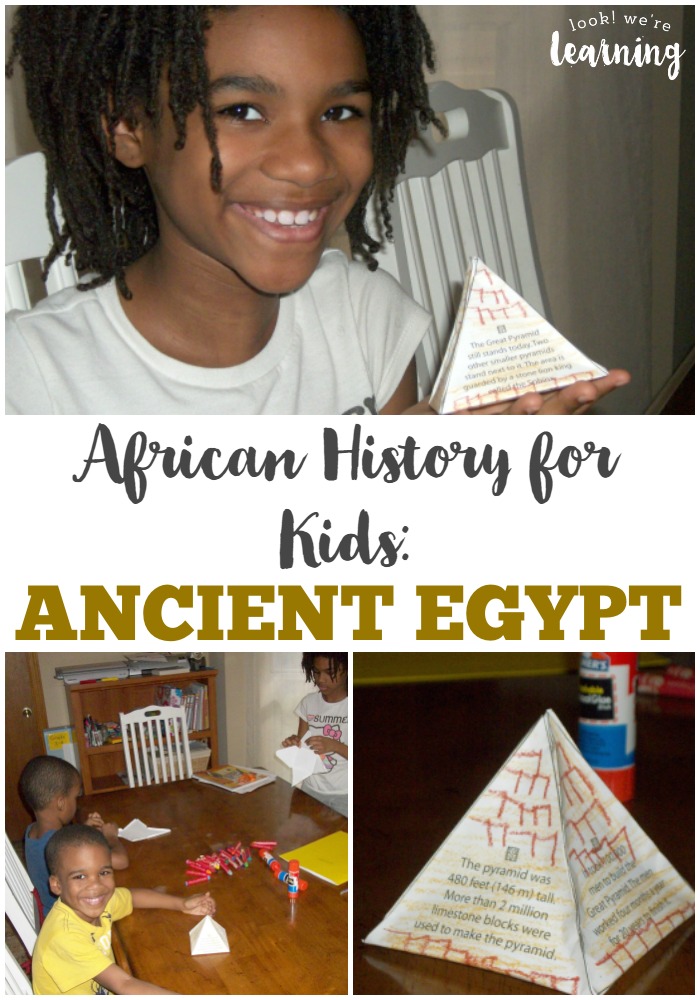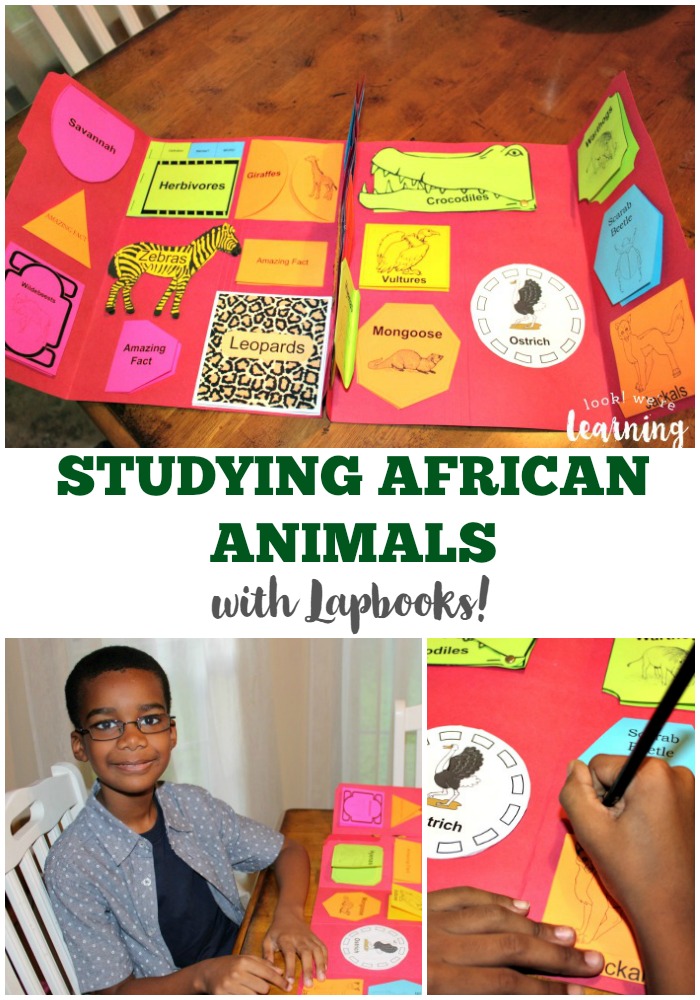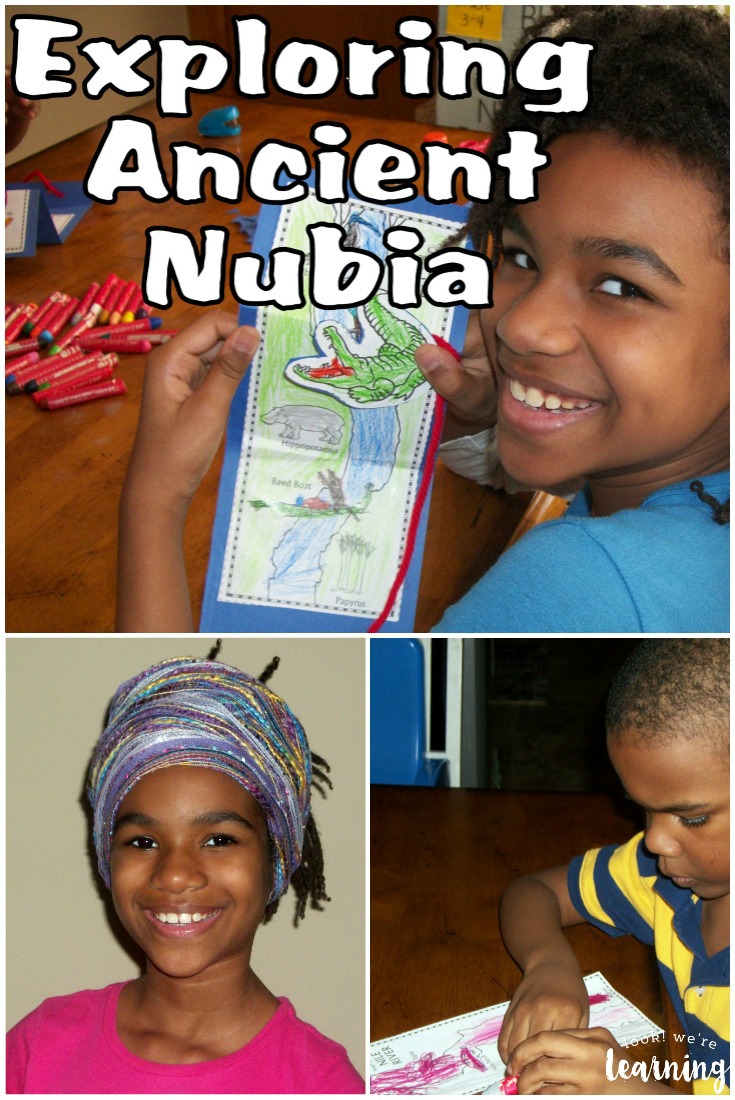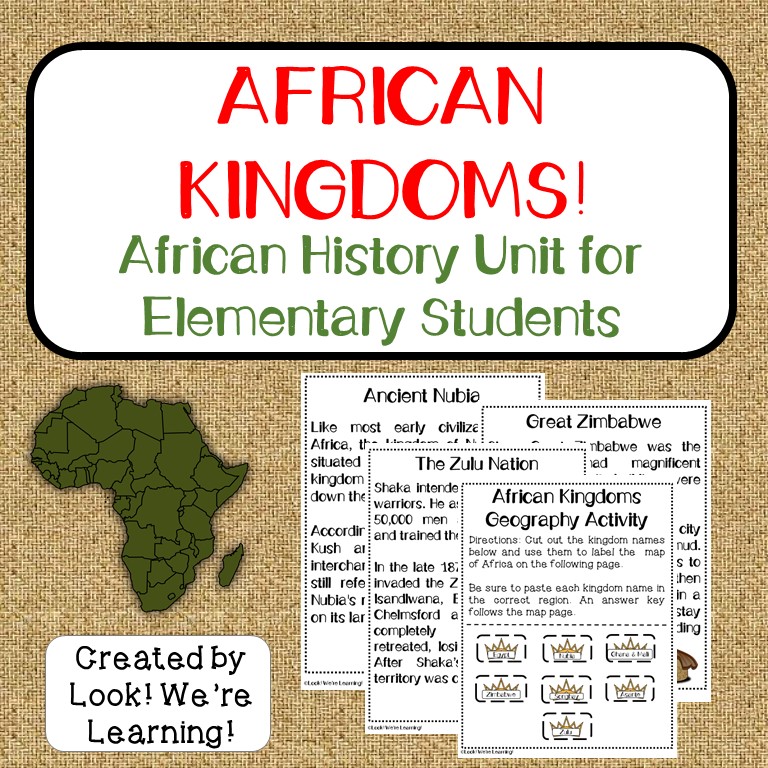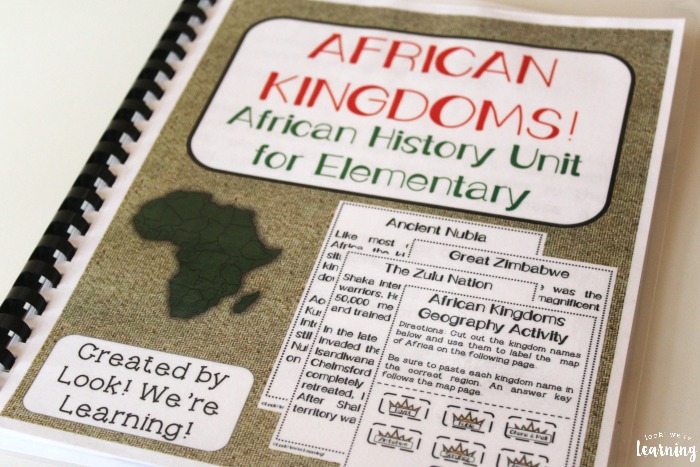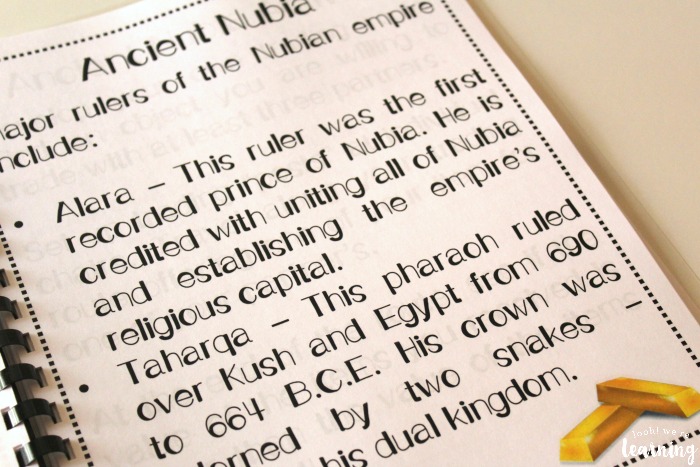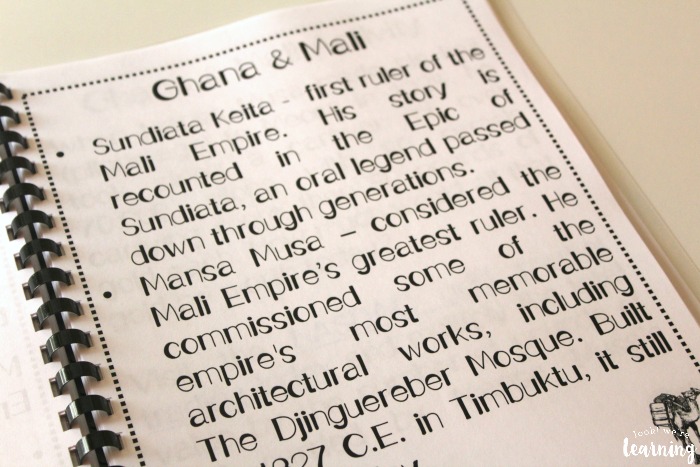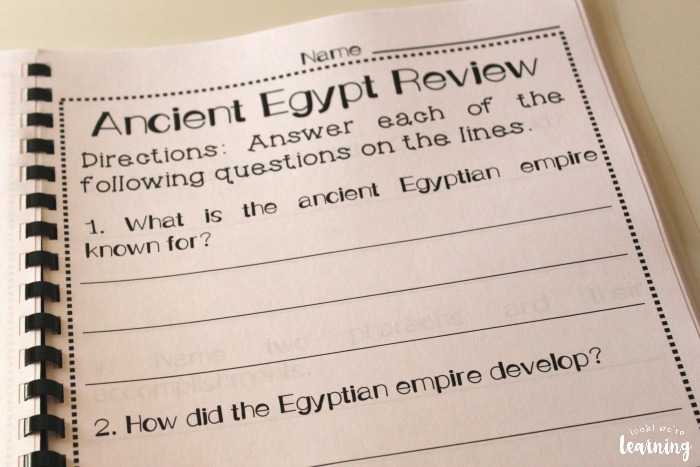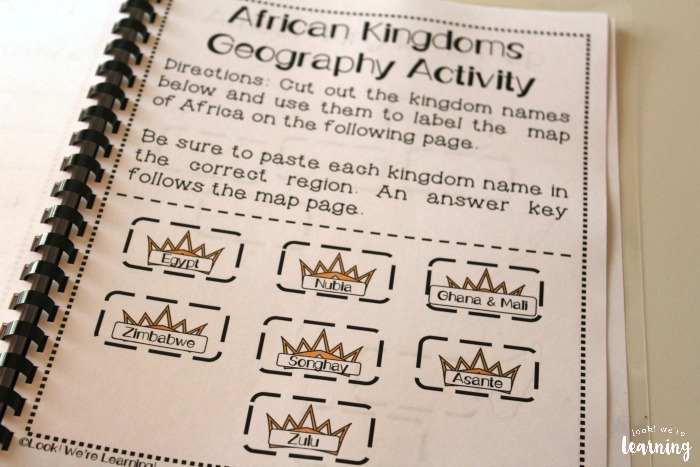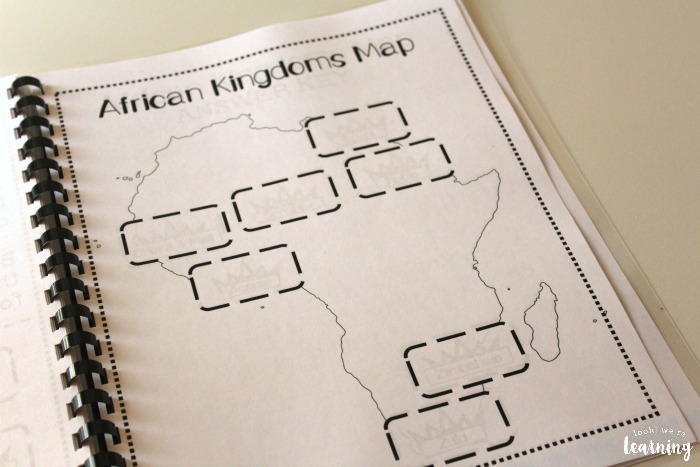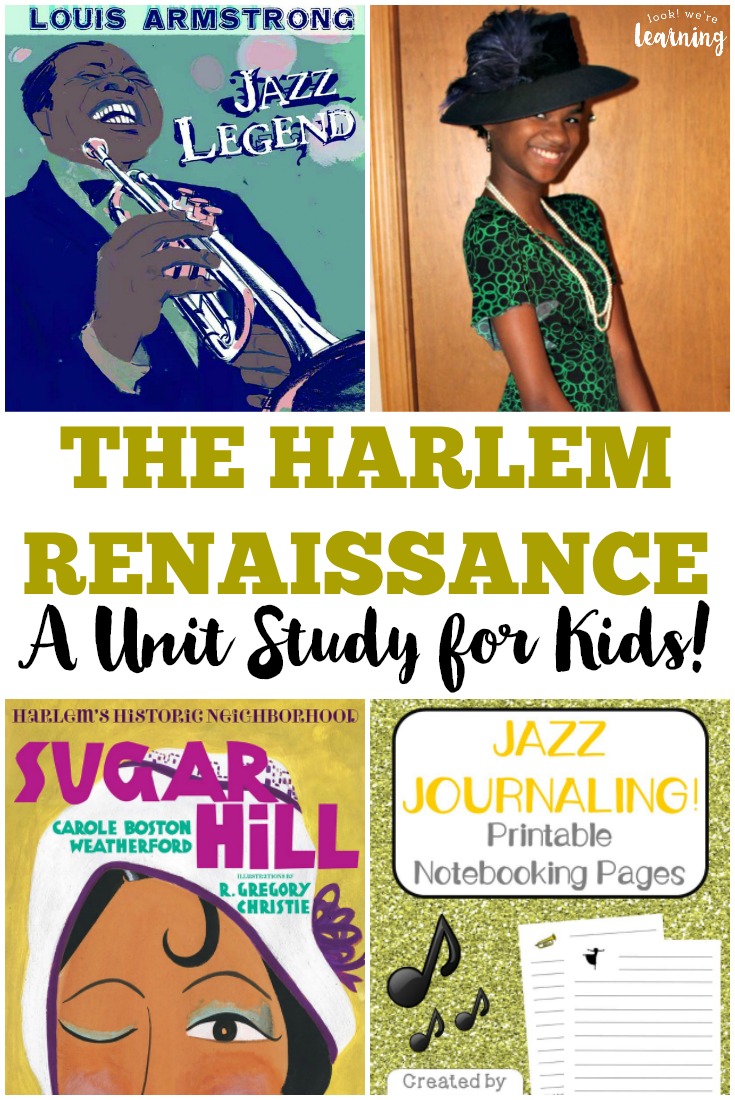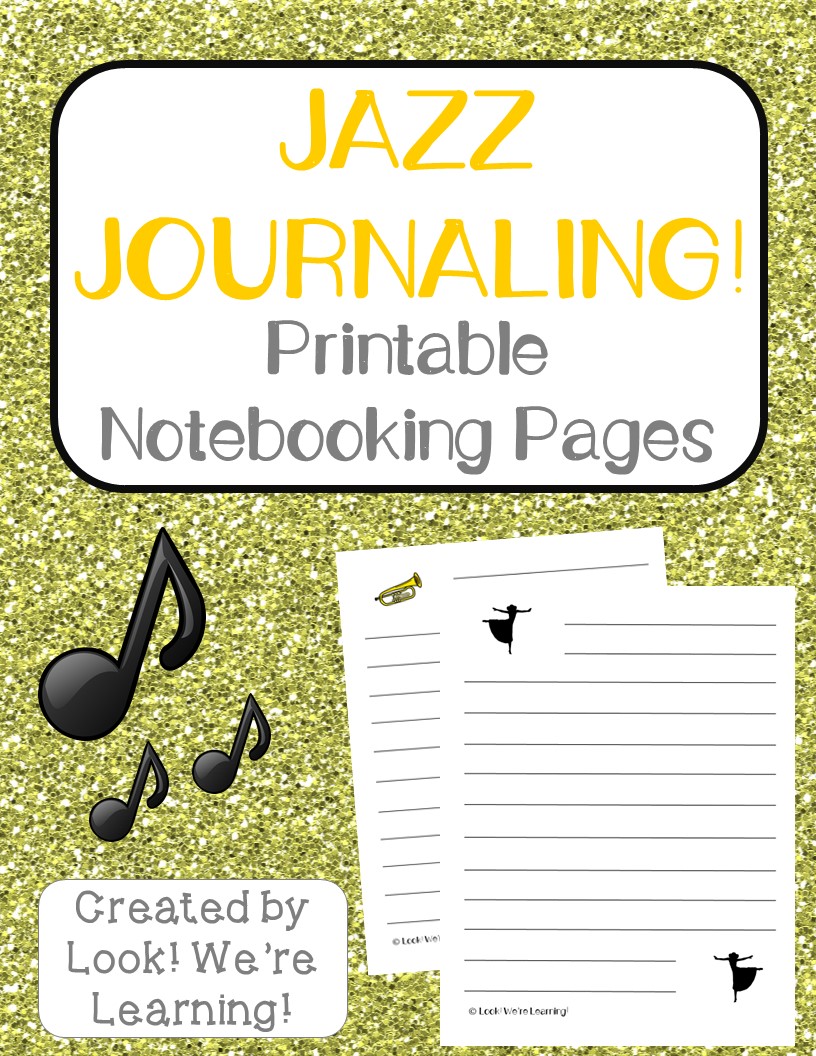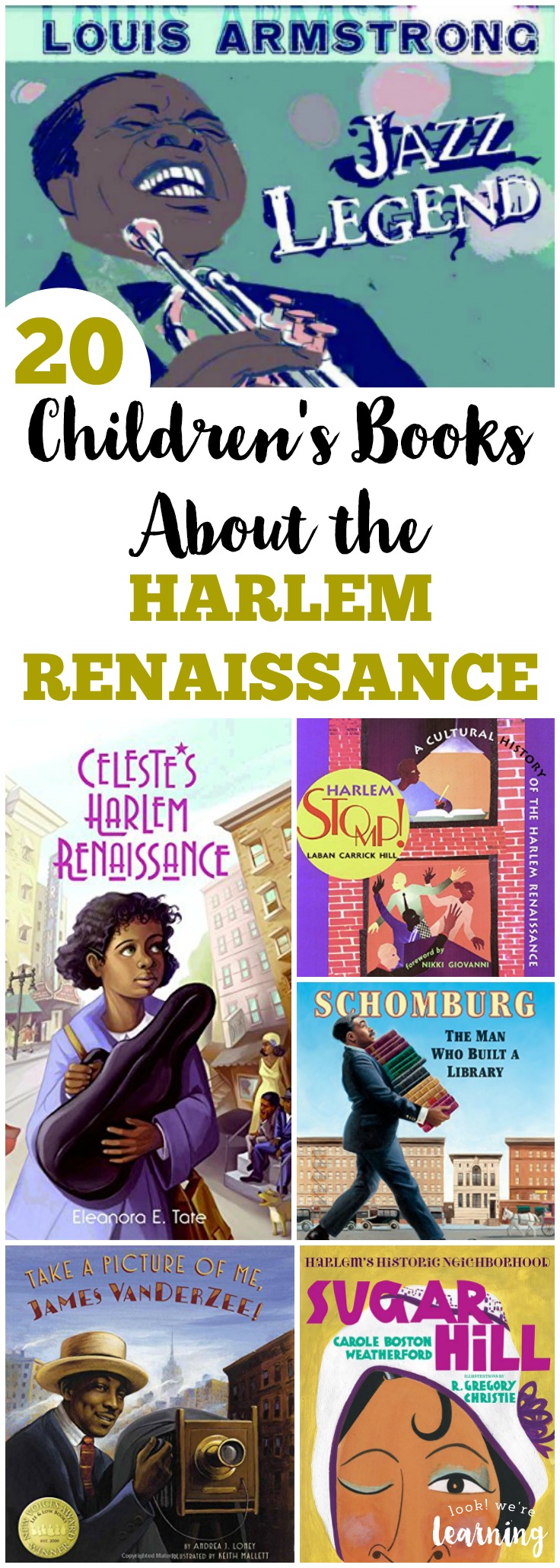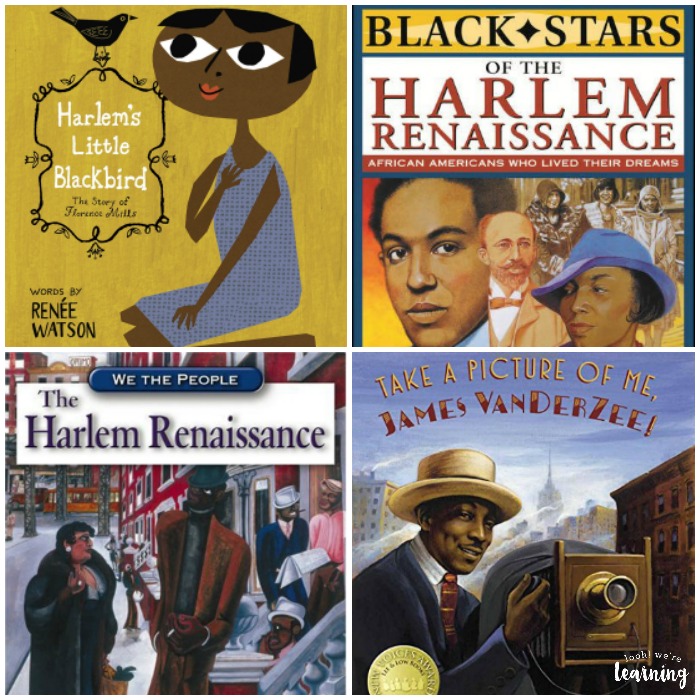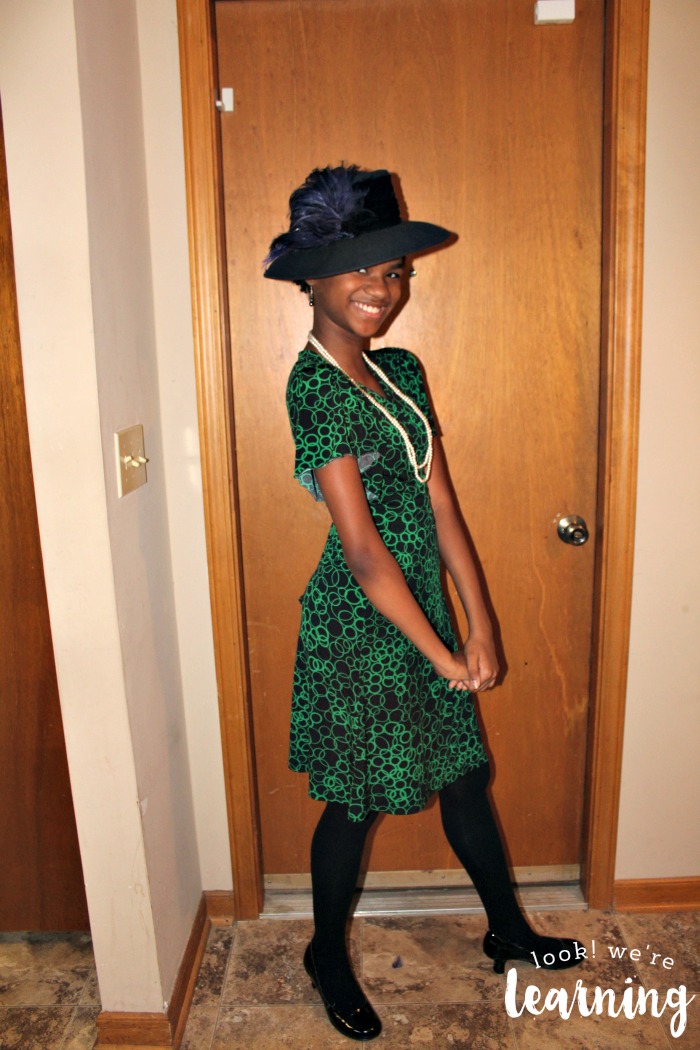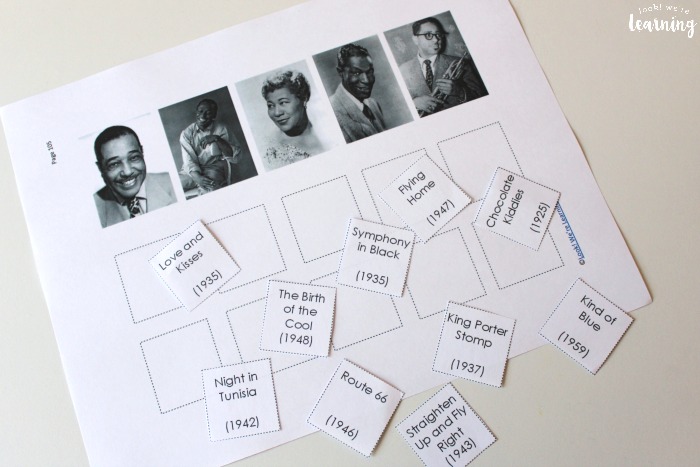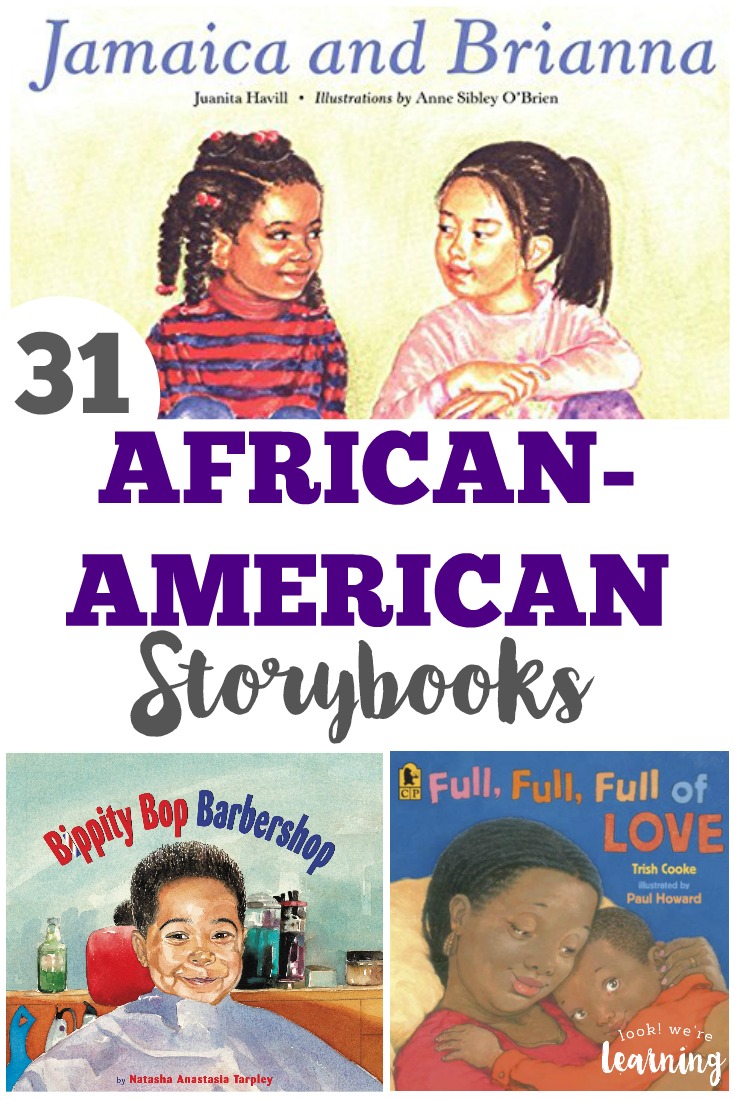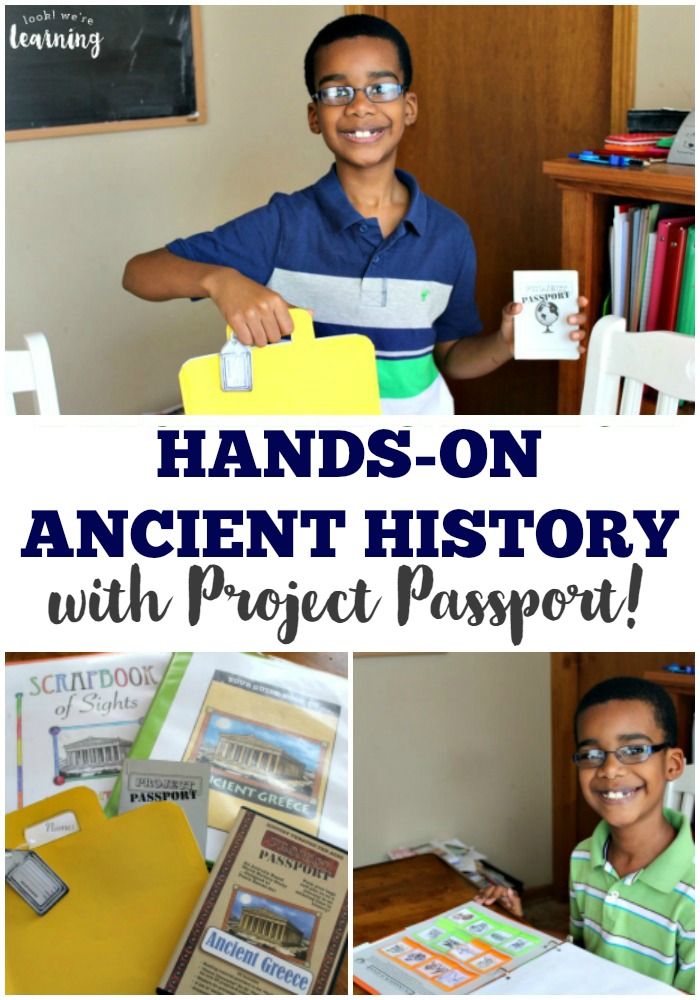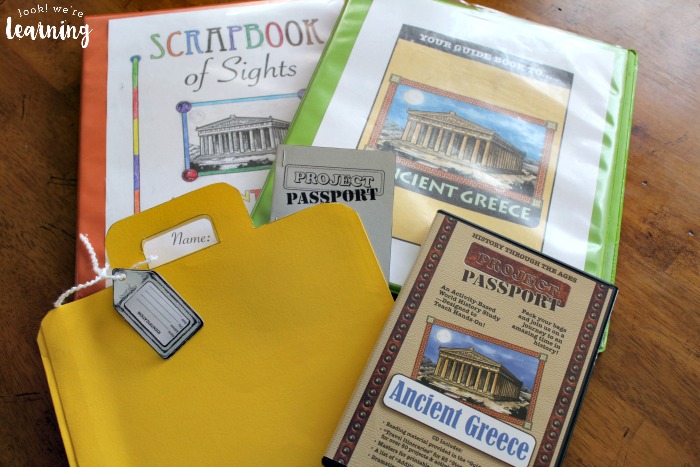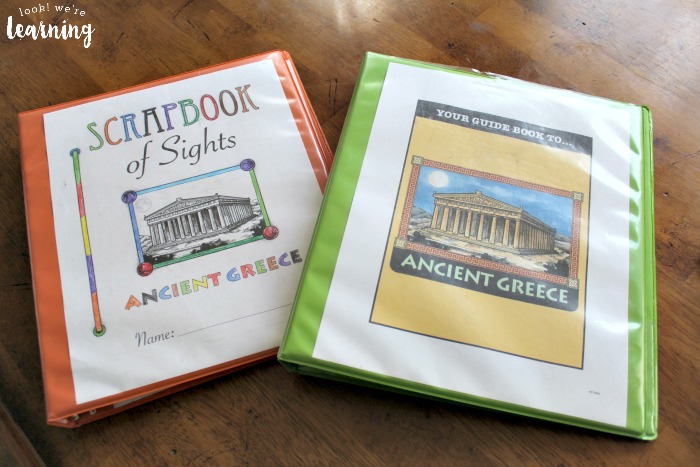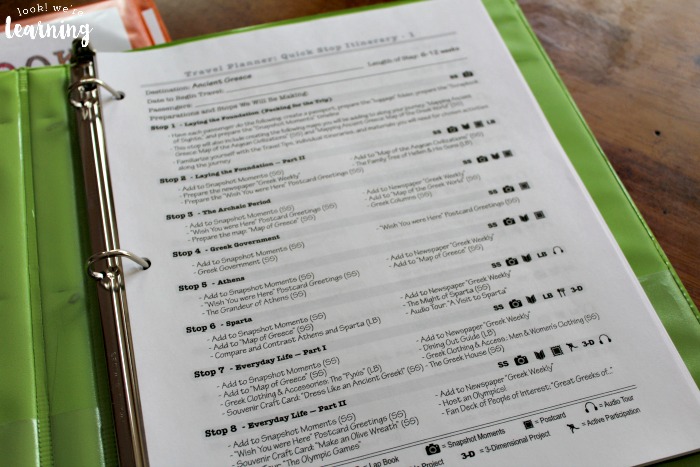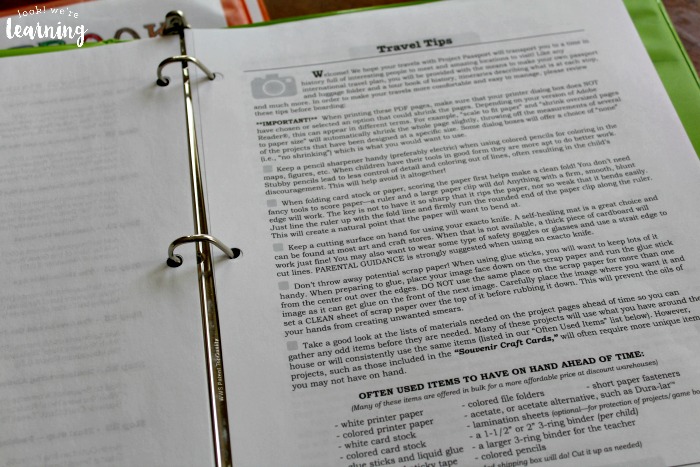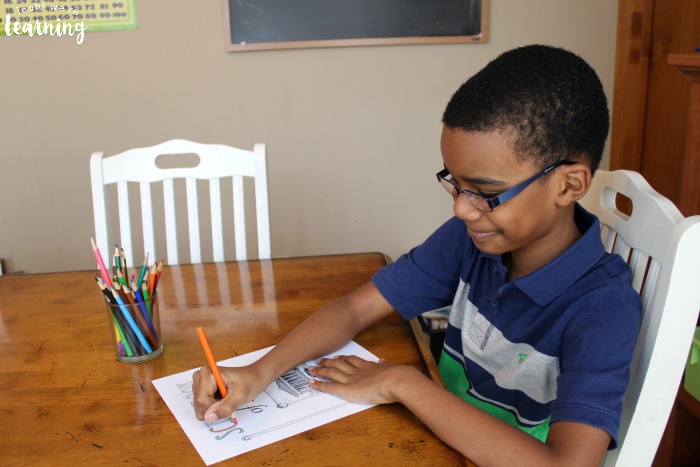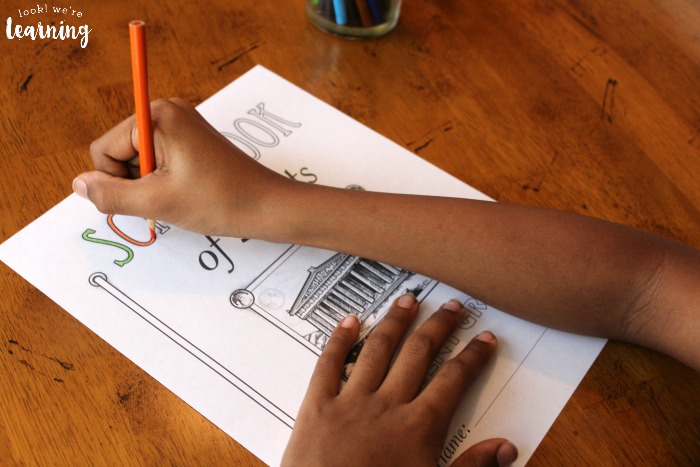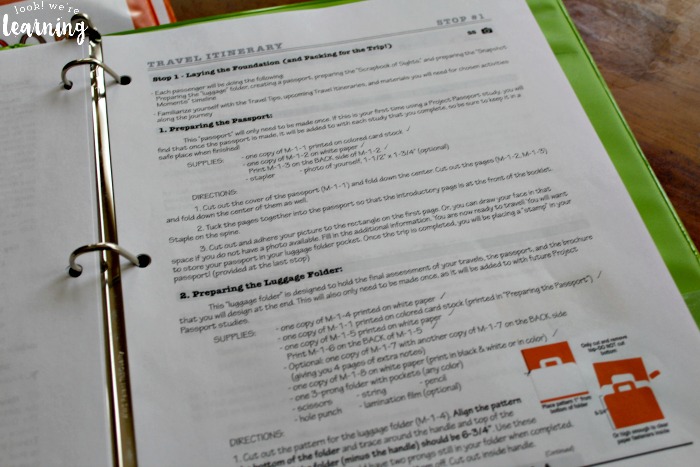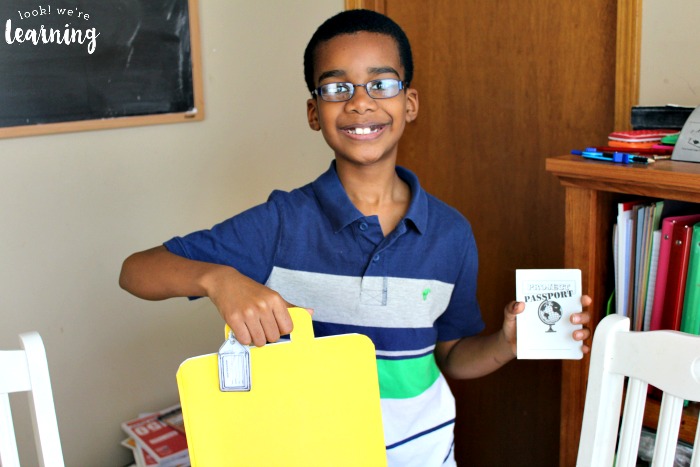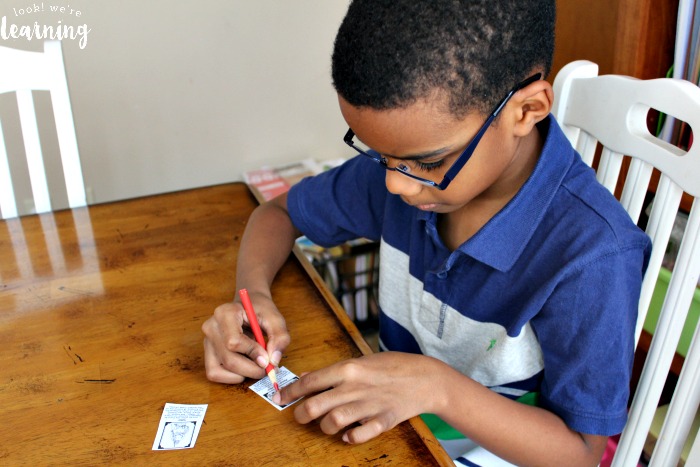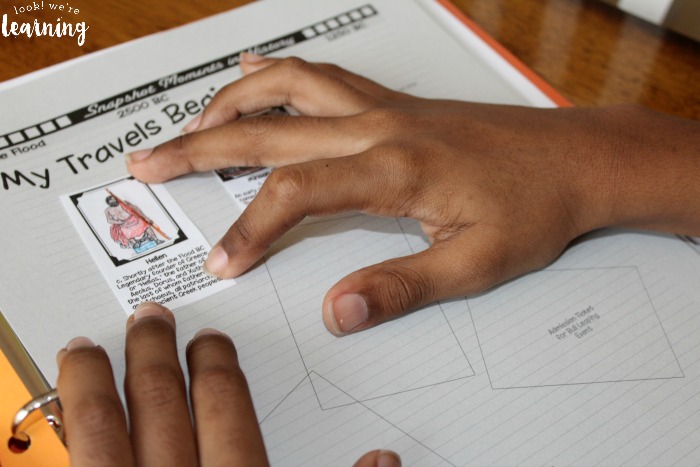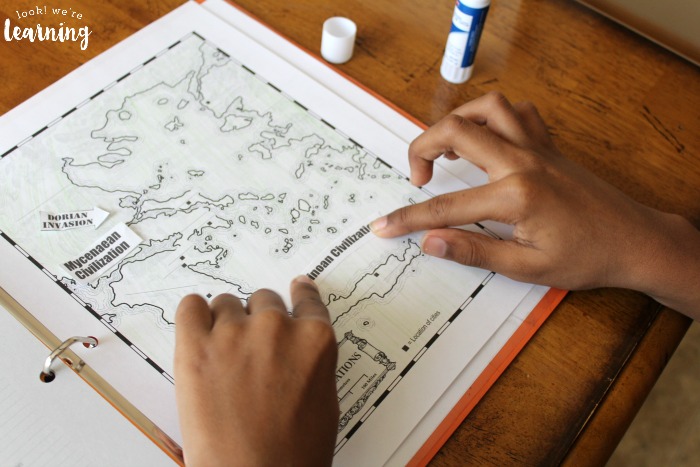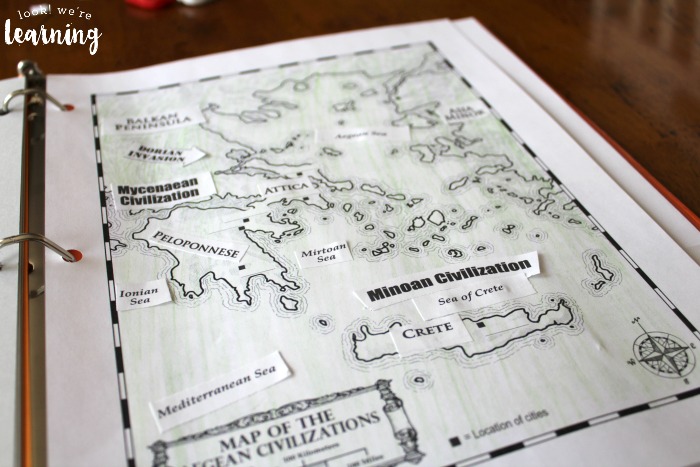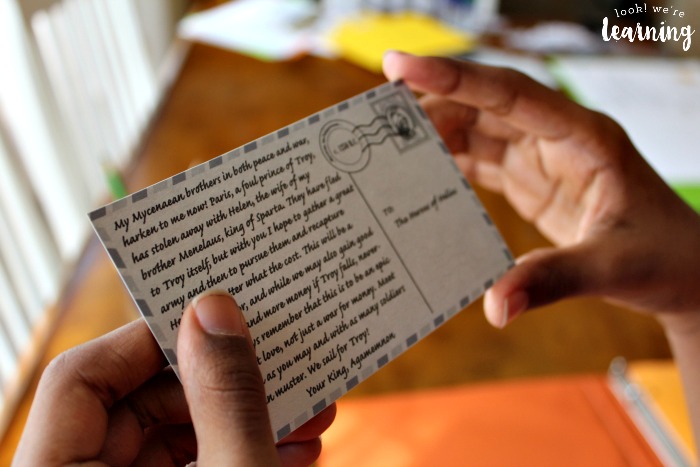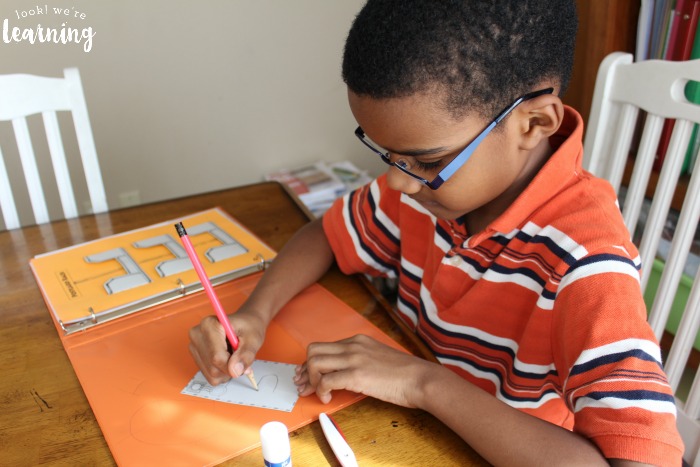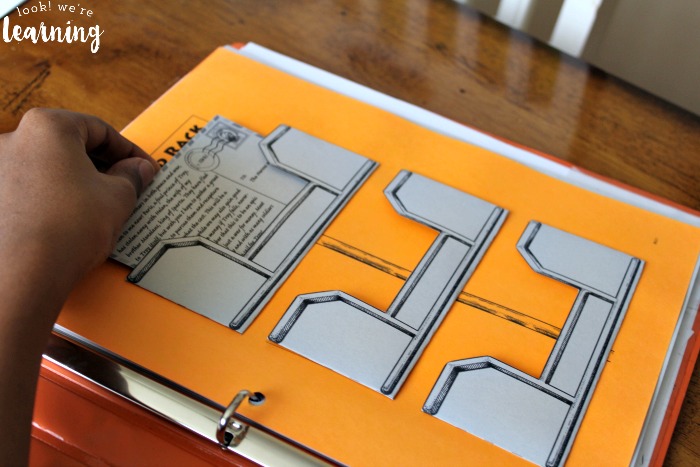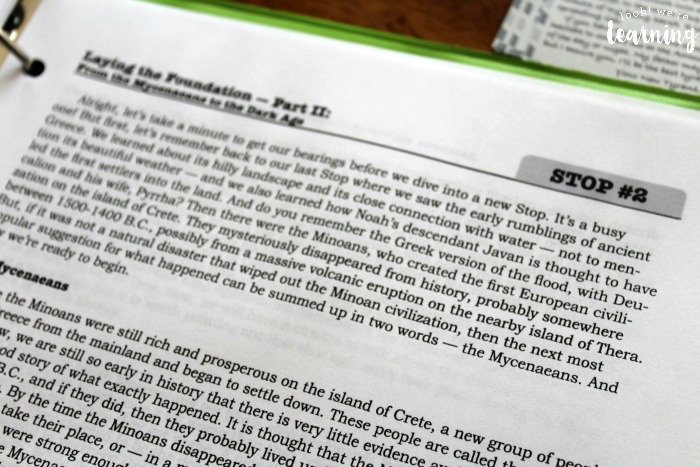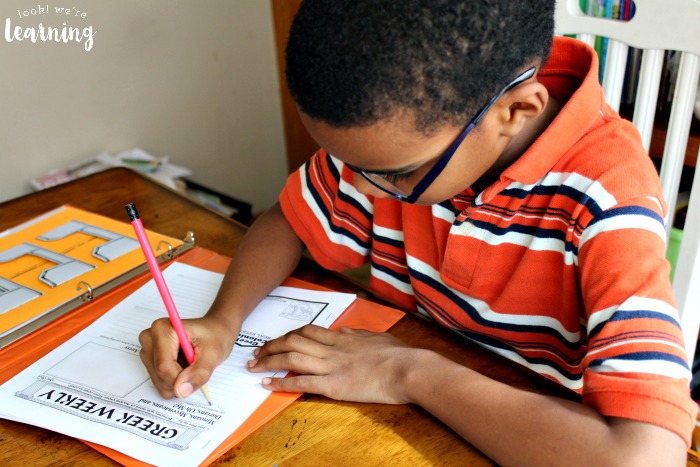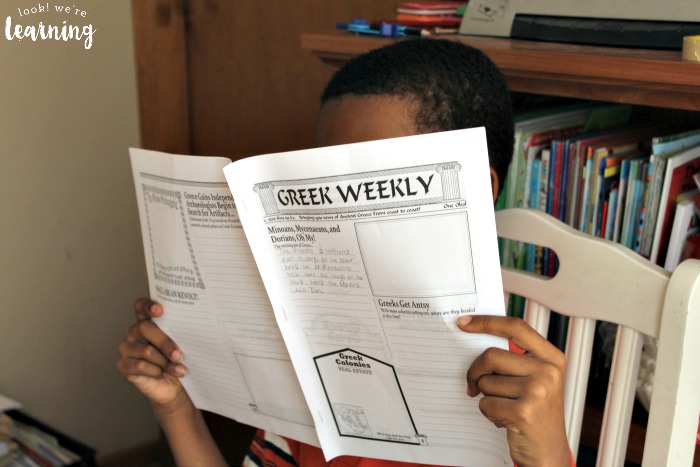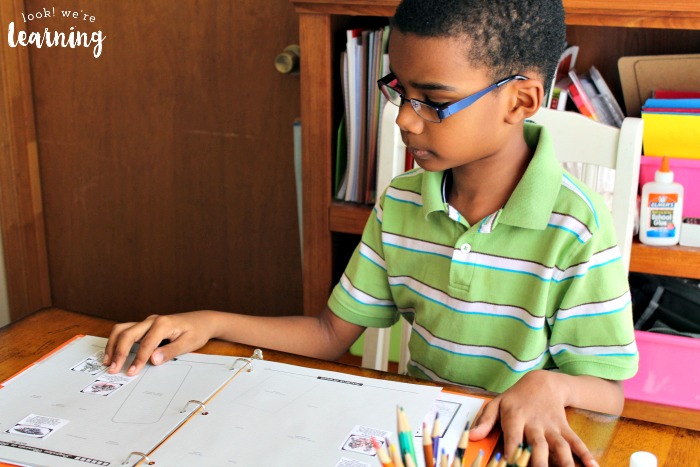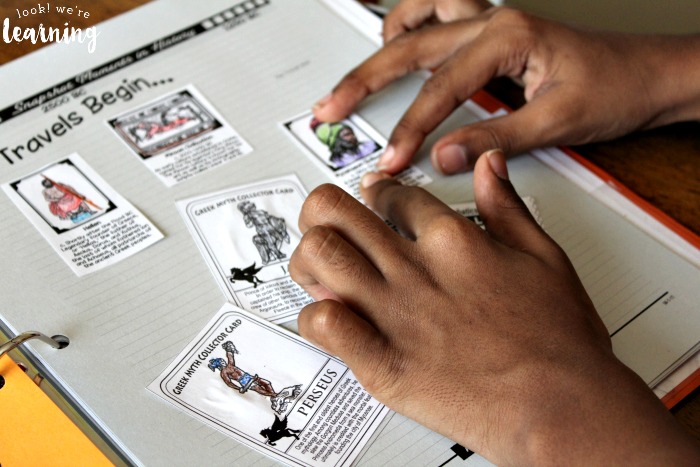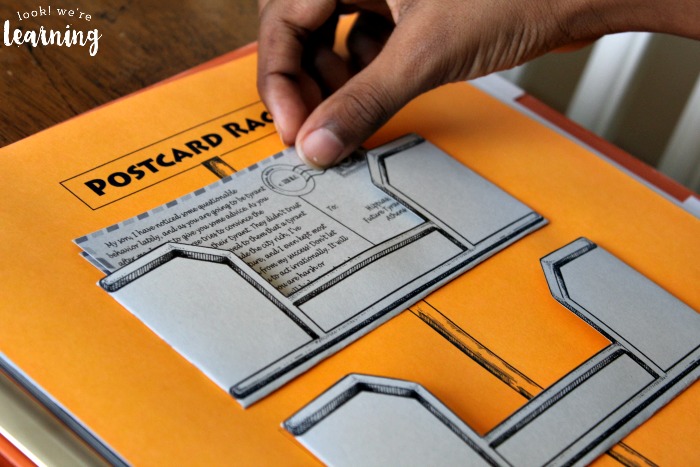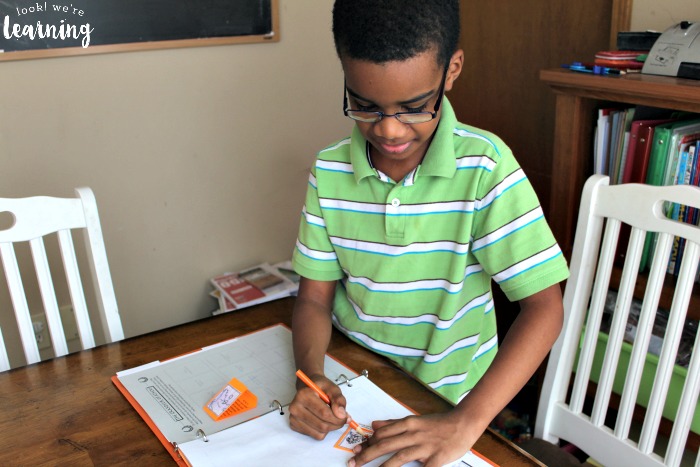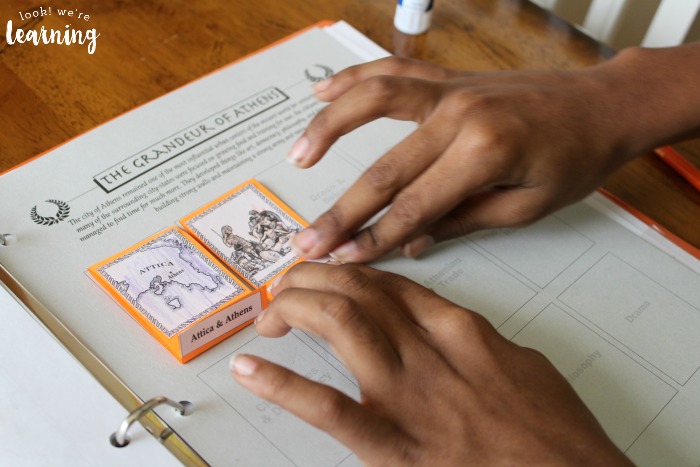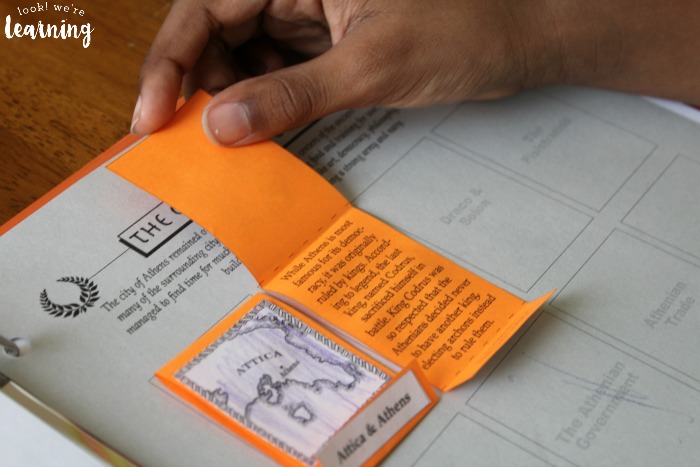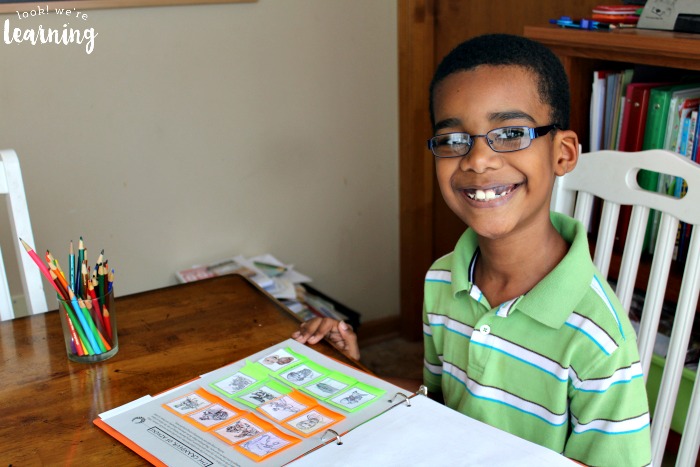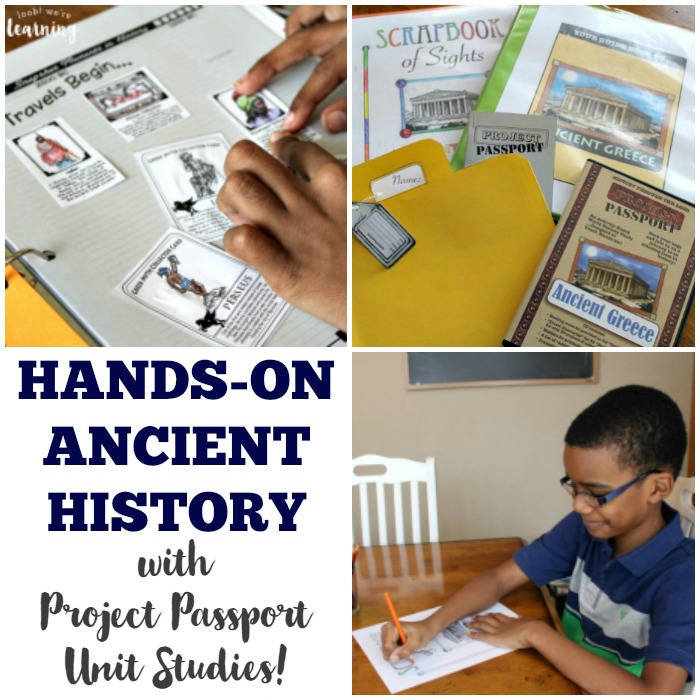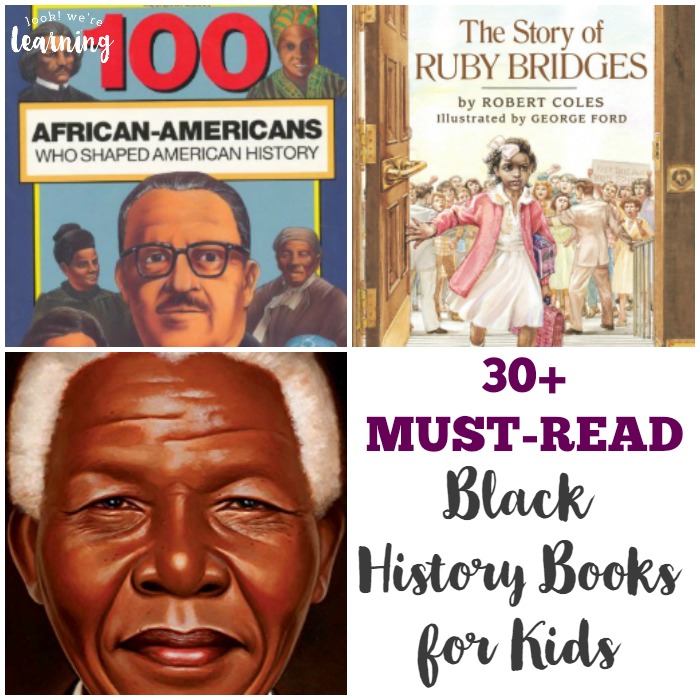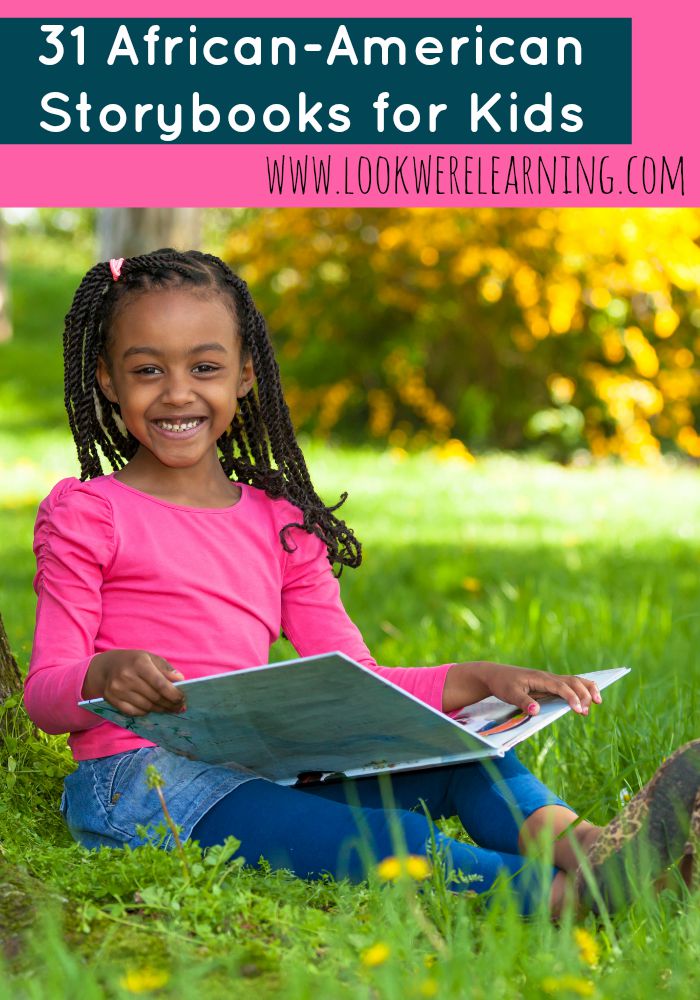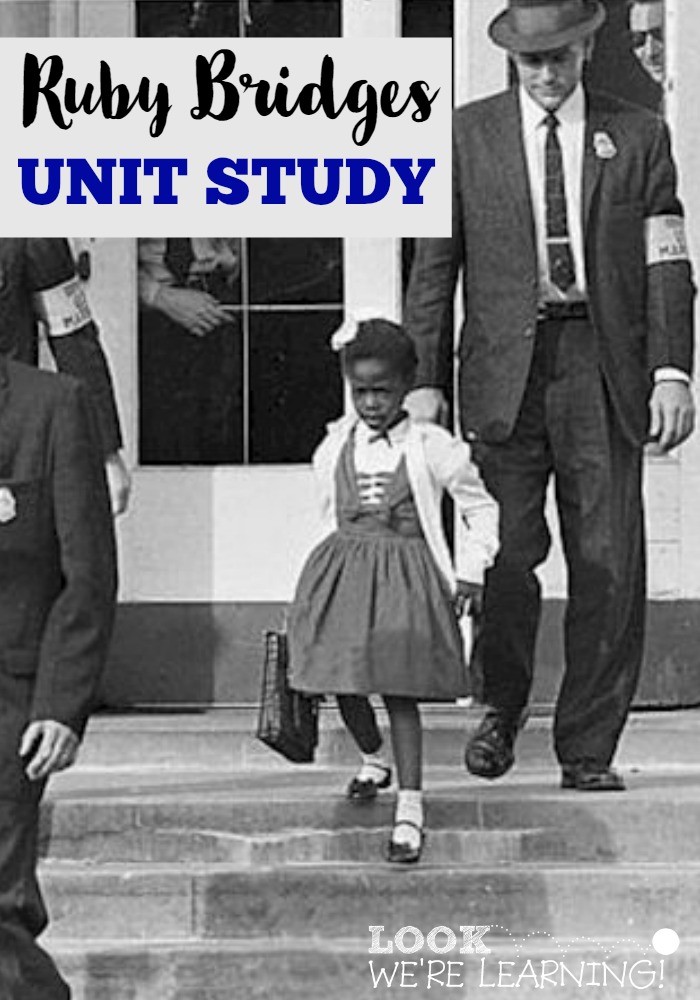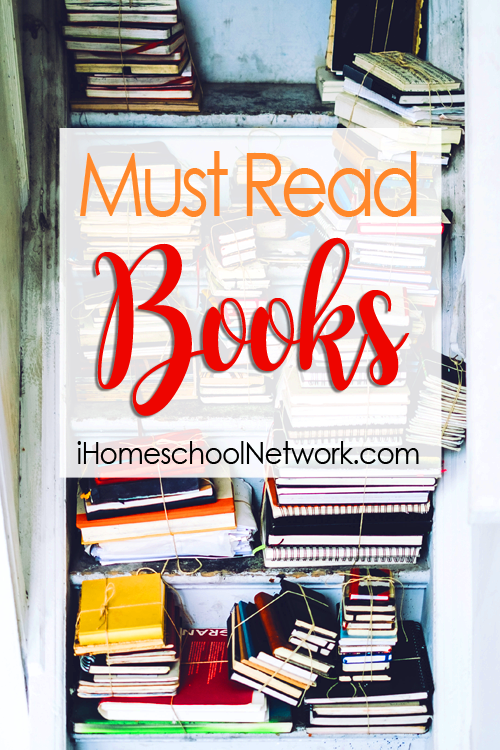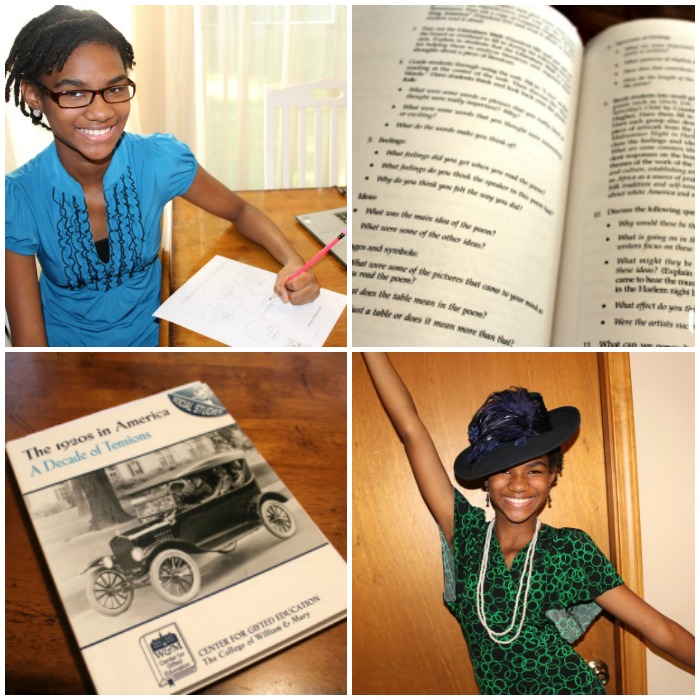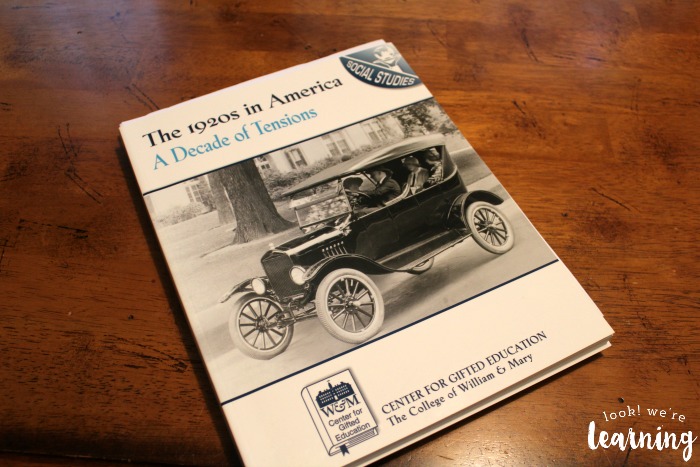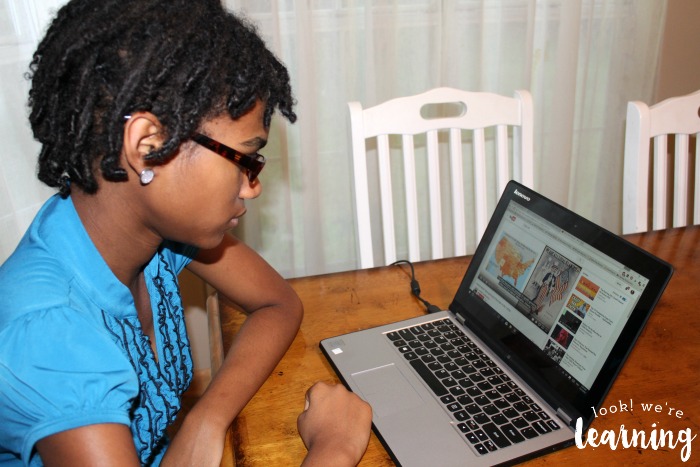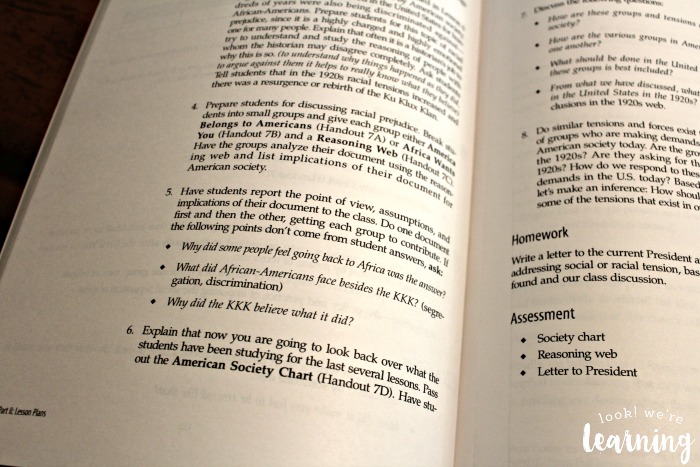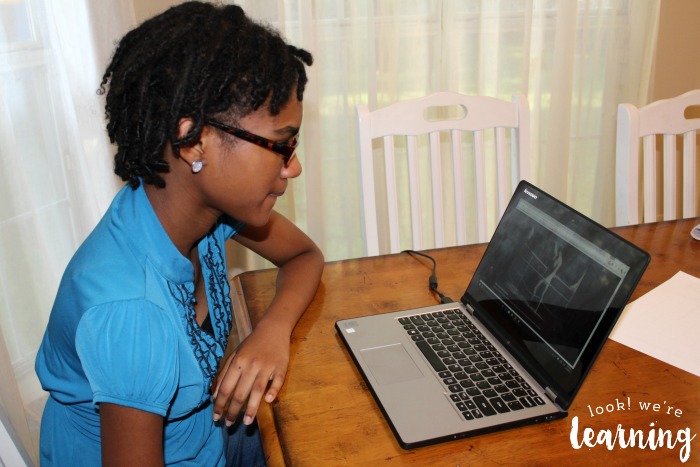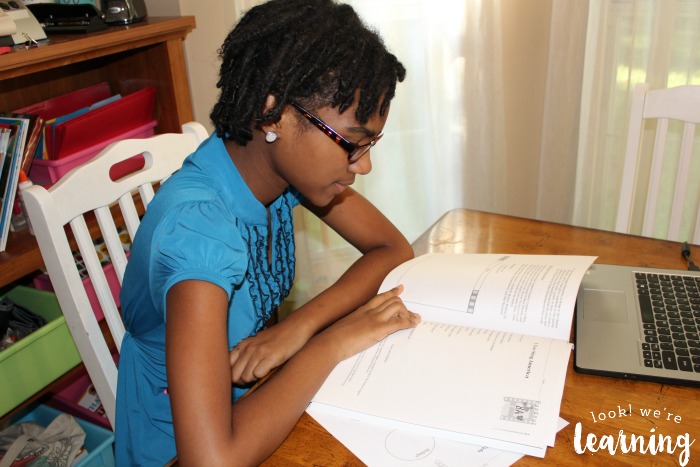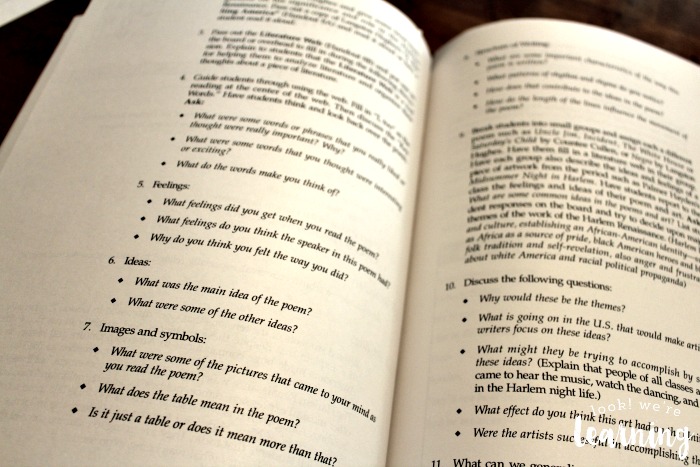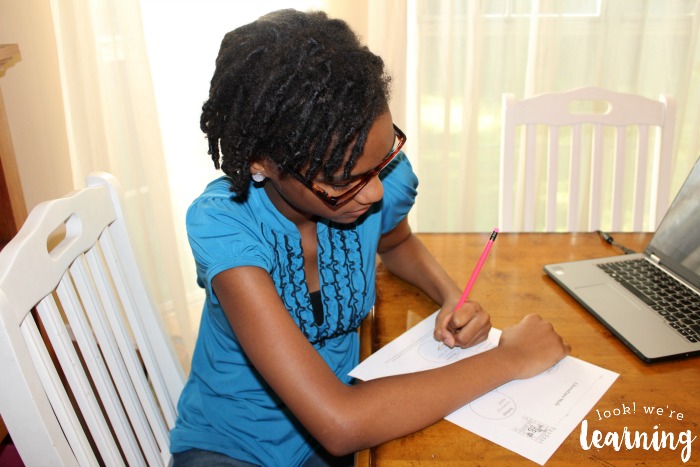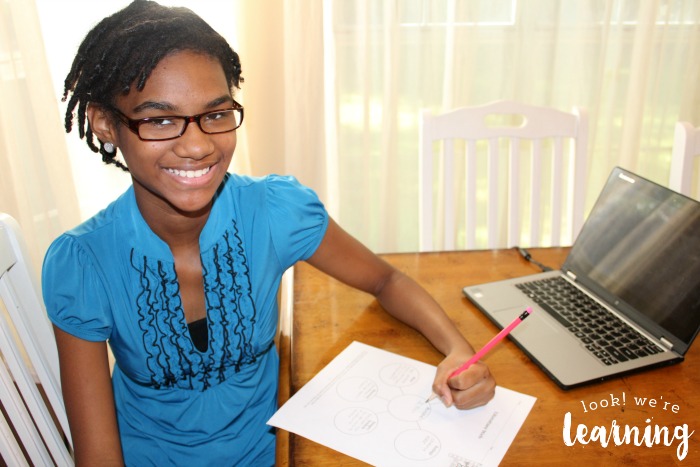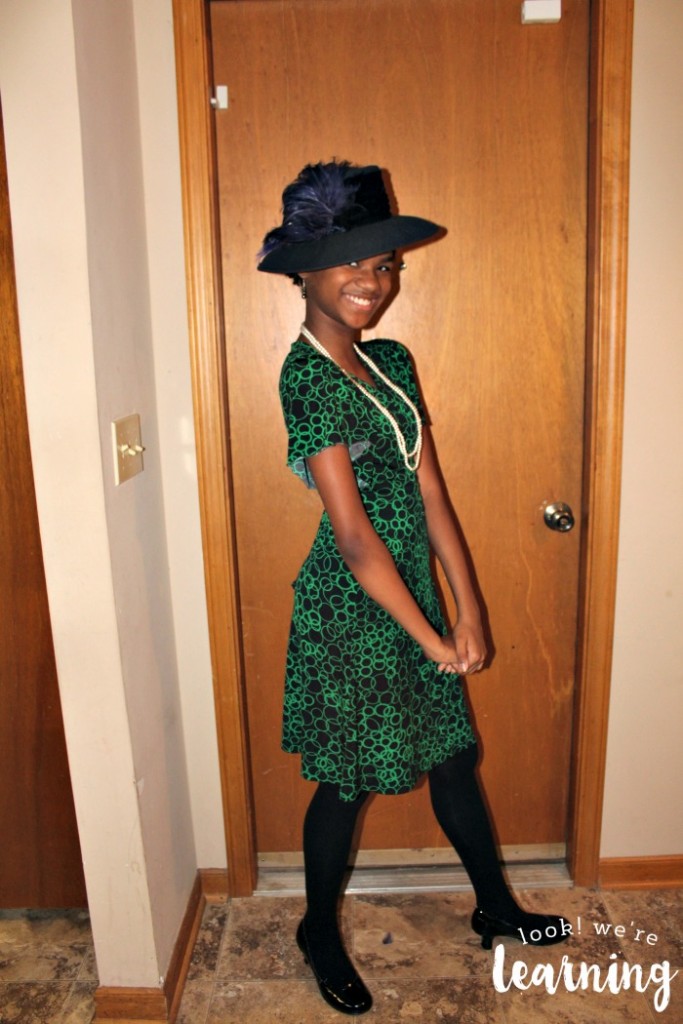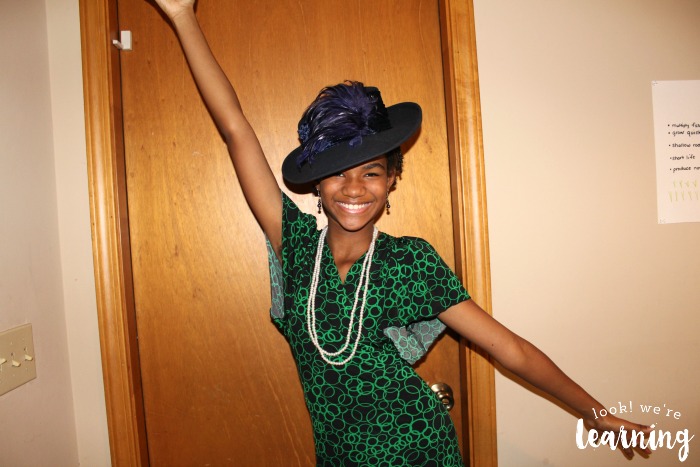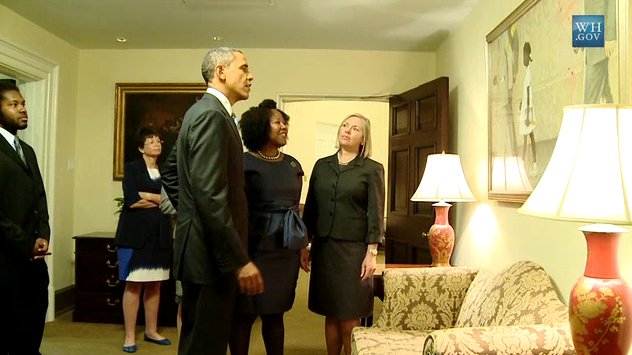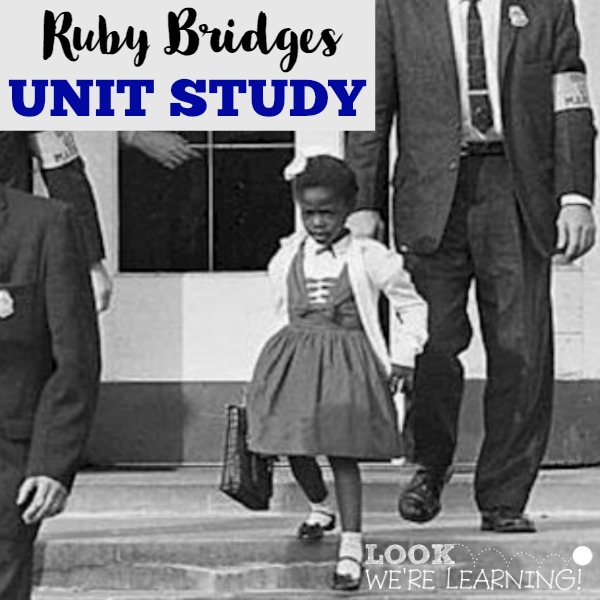As the kids and I have been studying black history, we’ve found so many incredible stories of great jazz musicians.
I knew of all of these music pioneers, but learning about their lives and experiences has been so enlightening and it’s been a wonderful lesson for our children.
So I thought it would be nice to put what we’ve learned together into a printable black history unit study that’s all about jazz, bebop, and scat!
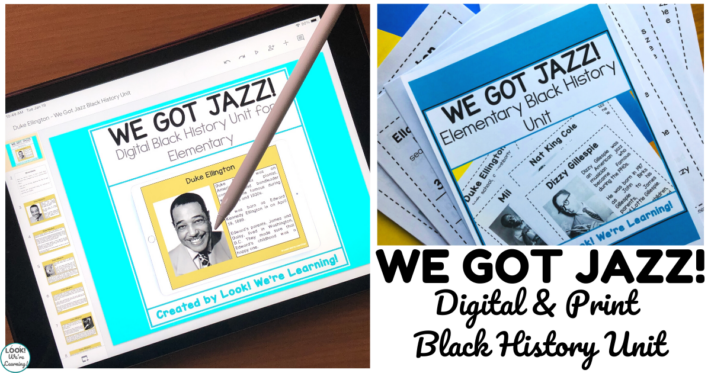
We are very proud to announce the release of We Got Jazz! – Exploring the Pioneers of Scat, Bebop, and Swing!
We Got Jazz! is a jazz unit study packed with jazz history, comprehension reviews, and listening activities for kids in grades 1-3!
Read on to see how to get your copy! And, if you need a digital version for distance learning – there’s one of those too.
If you’re looking for more black history lessons for kids, don’t miss our African Kingdoms unit study for elementary students!
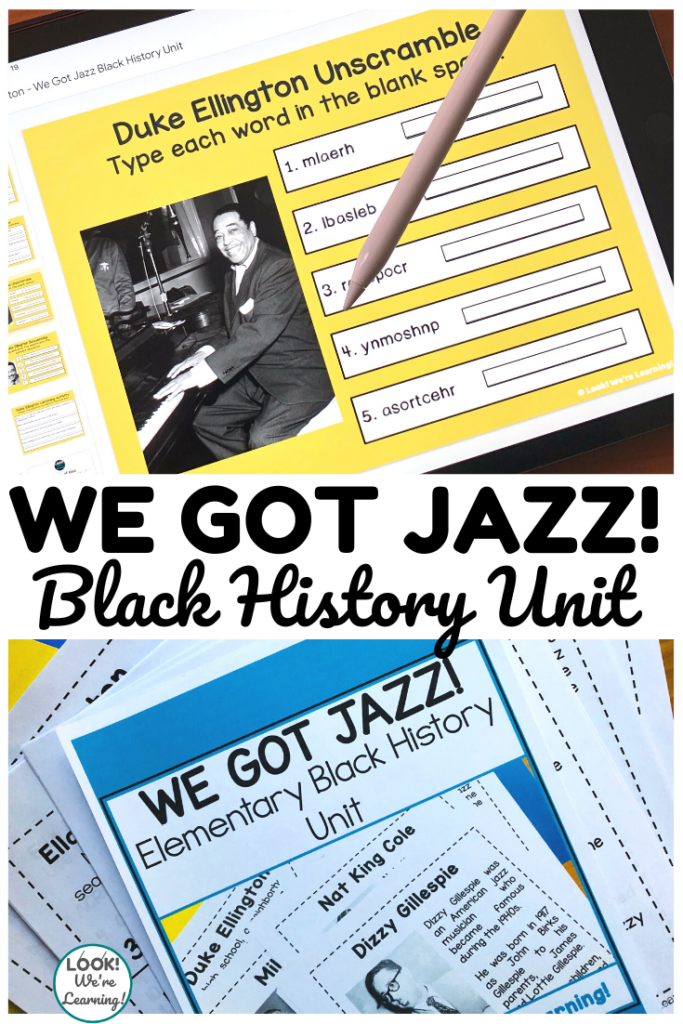
We Got Jazz! Black History Unit Study
We have always enjoyed the sounds of jazz.
While we knew about all of these famous musicians, we didn’t know much about how they got started making music or the challenges they faced during their careers.
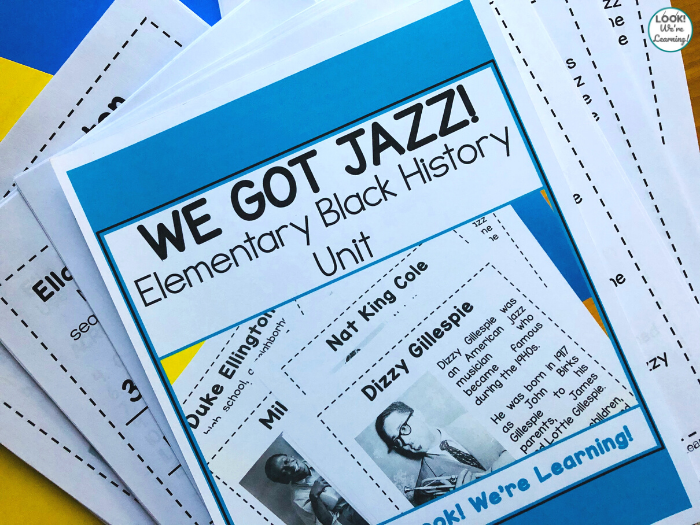
As we started exploring these figures with the kids, we found out so many interesting things.
Which is why I hope that your students find this black history unit enjoyable too!
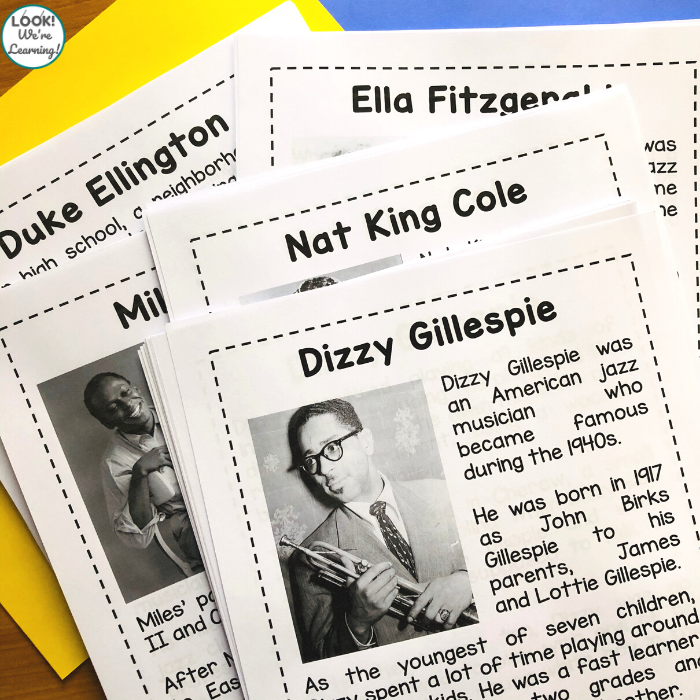
We Got Jazz! features five biography units of jazz greats:
- Dizzy Gillespie
- Nat King Cole
- Ella Fitzgerald
- Miles Davis
- and Duke Ellington
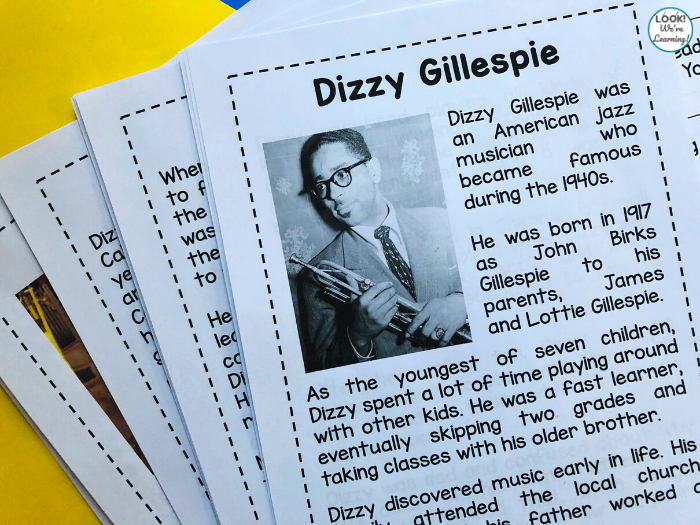
The section for each artist includes a comprehensive, age-appropriate biography of their life and career.
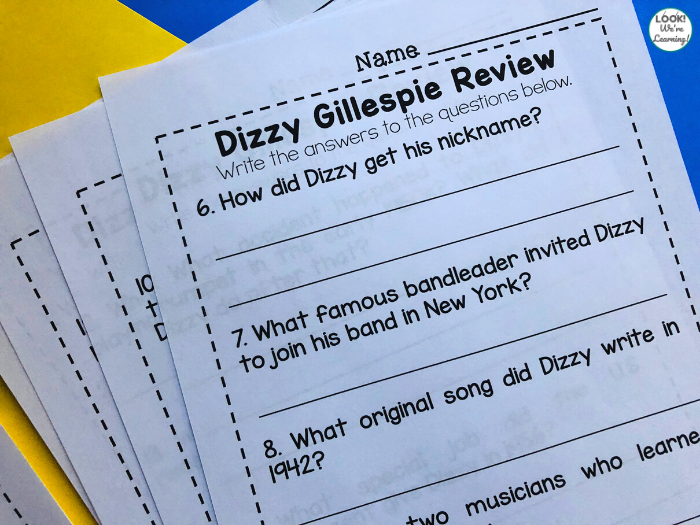
This is followed by a question and answer review activity to see what students have learned from the biography.
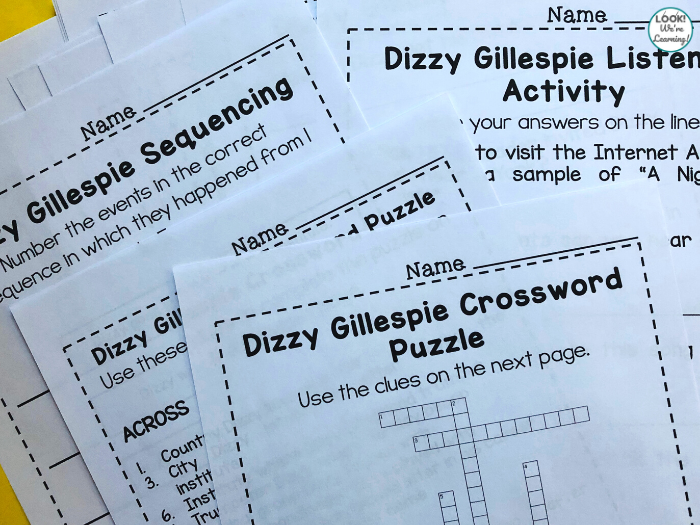
Then there’s a crossword puzzle, a timeline sequencing activity, and a listening activity (with a link to where to find each artist’s music) to help students learn even more about each artist.
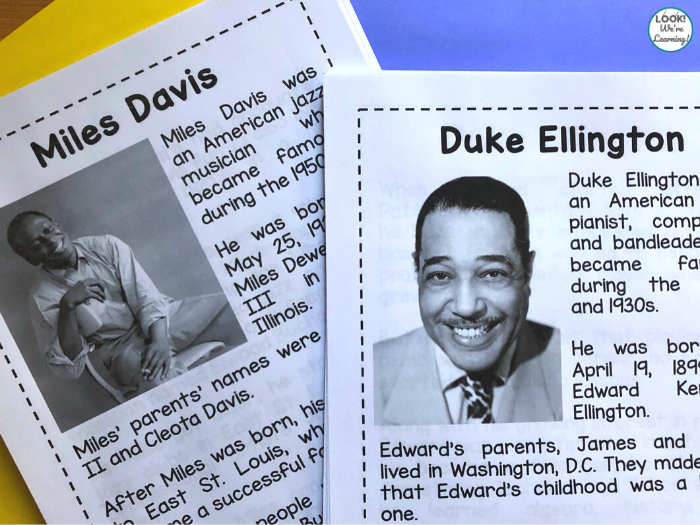
Depending on what your lesson plan includes, you could take one artist a week.
You might try covering the biography with the class. Then students can complete the activities on their own.
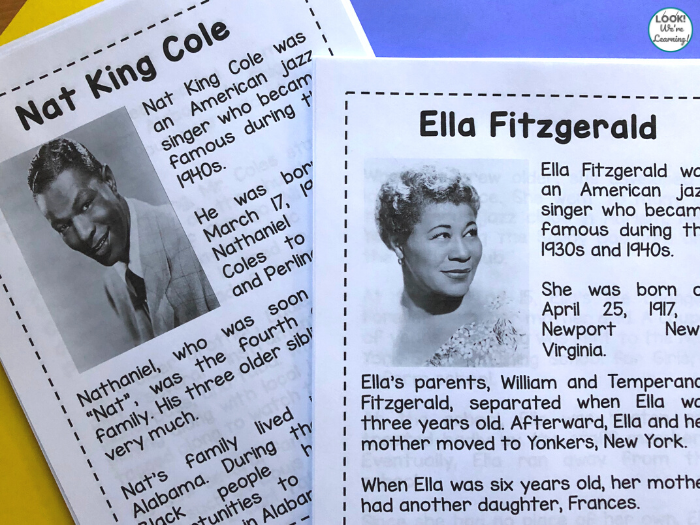
Or you could spend a week discussing them all!
Read the biography with the class and then assign them to complete the review activities for homework or independent work.
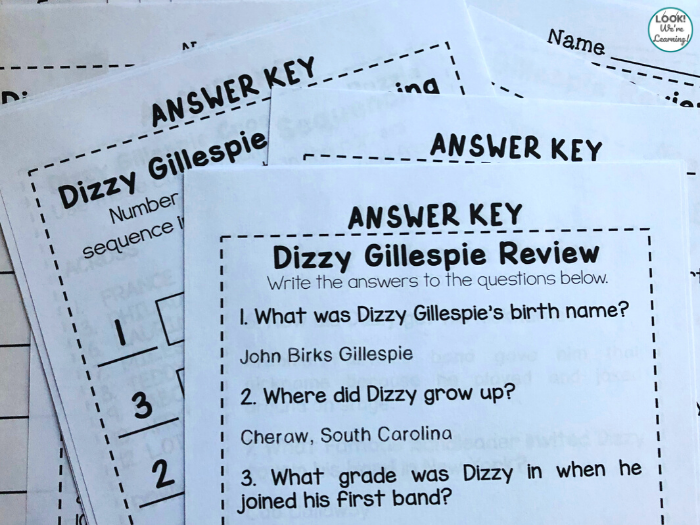
Plus, a full answer key is included for easy grading!
See the full product flip through below!
Digital We Got Jazz Black History Unit
Are you distance learning this year? Or just looking to save on printer ink?
We Got Jazz! is also available in a digital version!
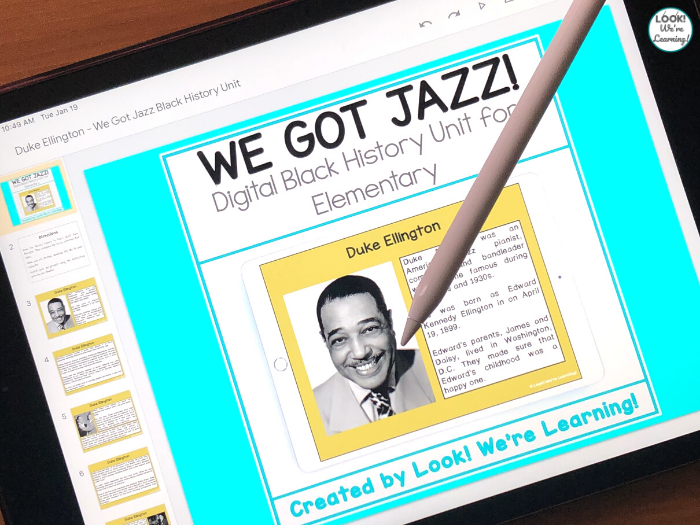
The digital version, which is compatible with Google Slides, contains all of the information and just as many activities as the print version.
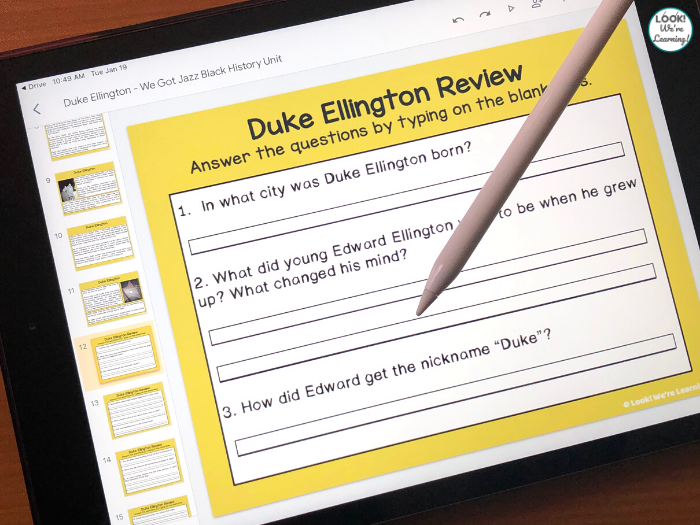
After reading about each artist, students can type their answers to the review questions – directly on the slides.
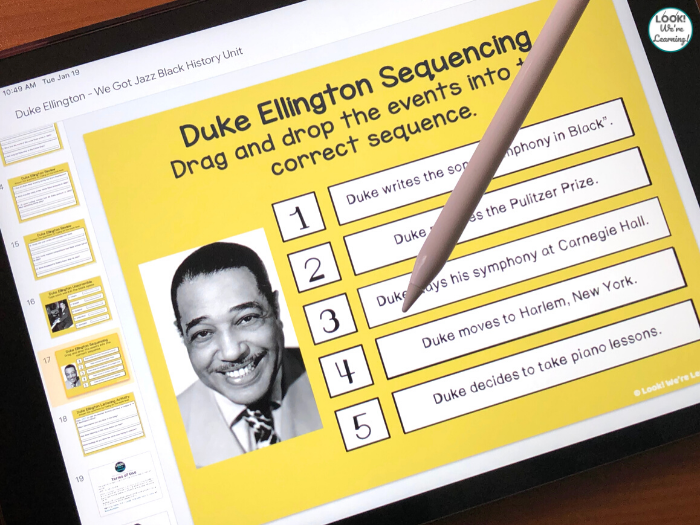
They can drag and drop the events in each artist’s life into the correct sequence.
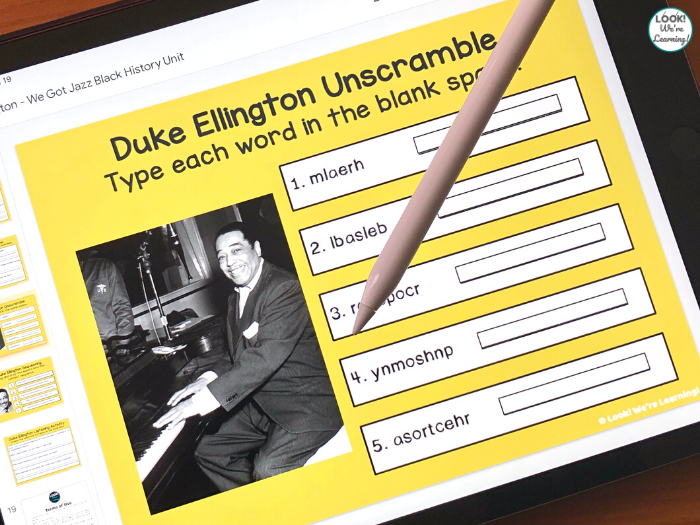
Instead of a crossword puzzle, there is a word unscramble activity for each person.
And you can use the digital answer key (which is delivered in a separate file) to grade student submissions in no time!
See the video preview of the digital version of We Got Jazz below!
Scroll down to get the print or digital version of We Got Jazz for your students!
Check out more black history learning activities below!
Looking for the digital version of We Got Jazz? Pick it up in my Teachers Pay Teachers store!

To get the print version of We Got Jazz!, visit my Teachers Pay Teachers store or check it out below!
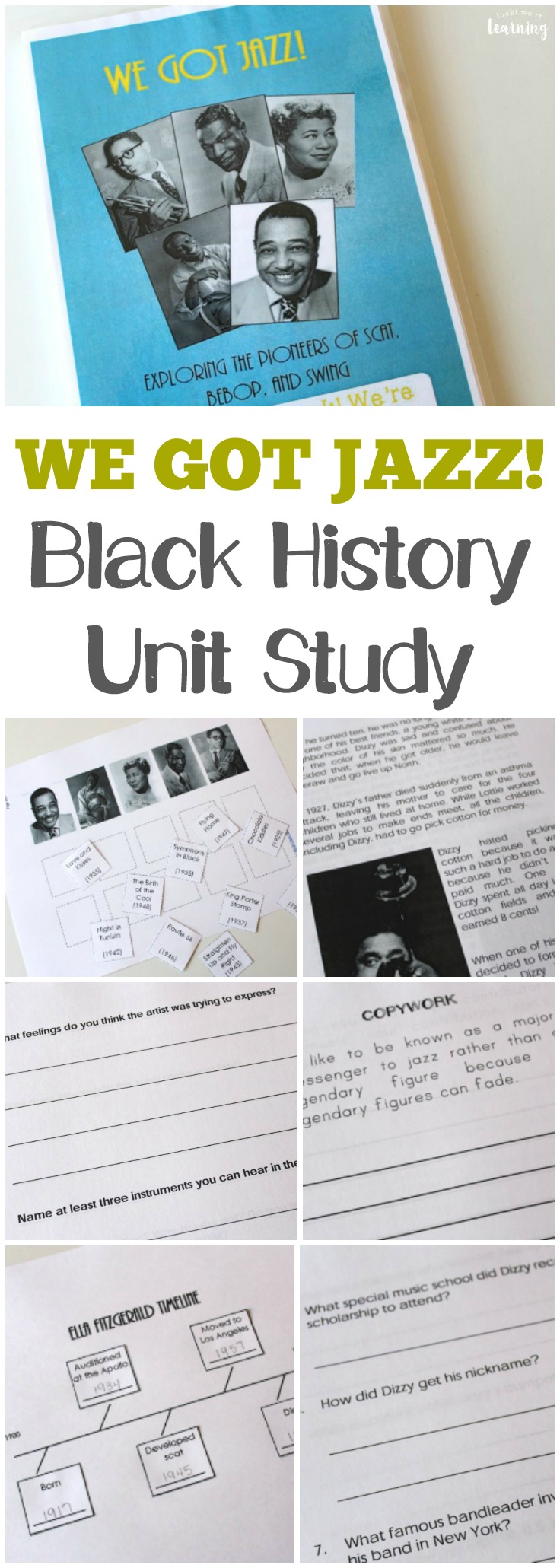
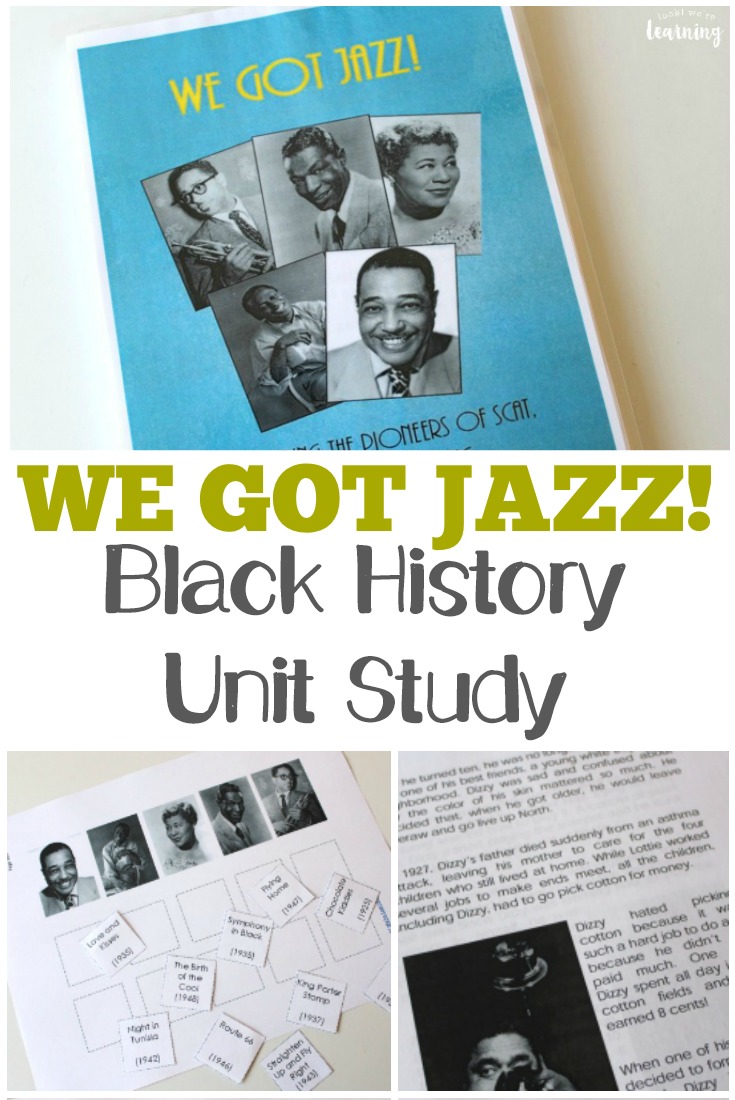
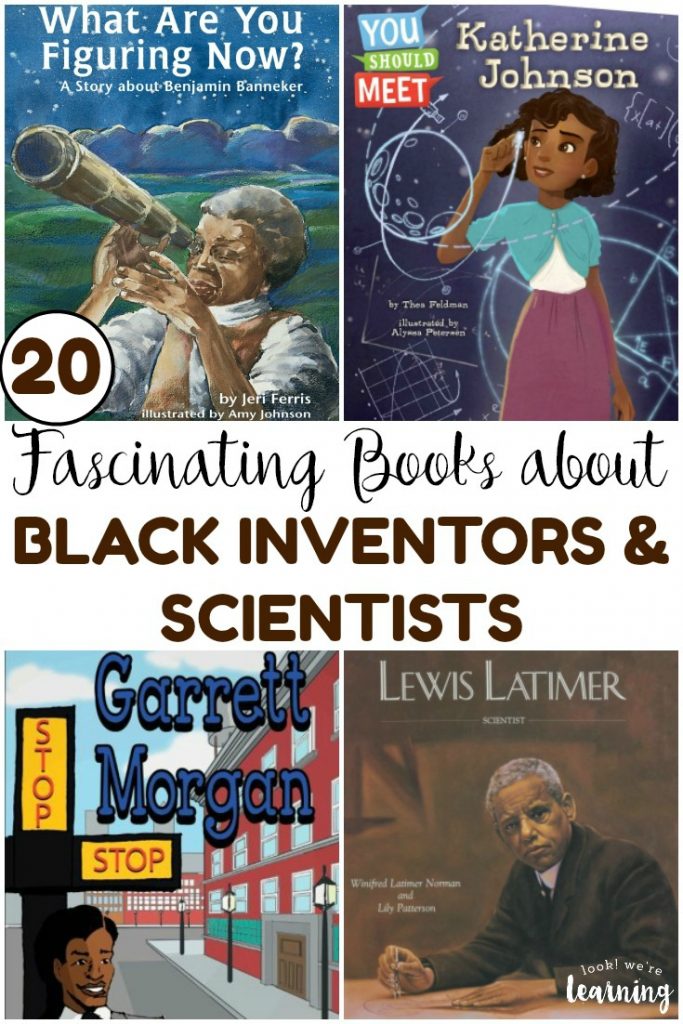
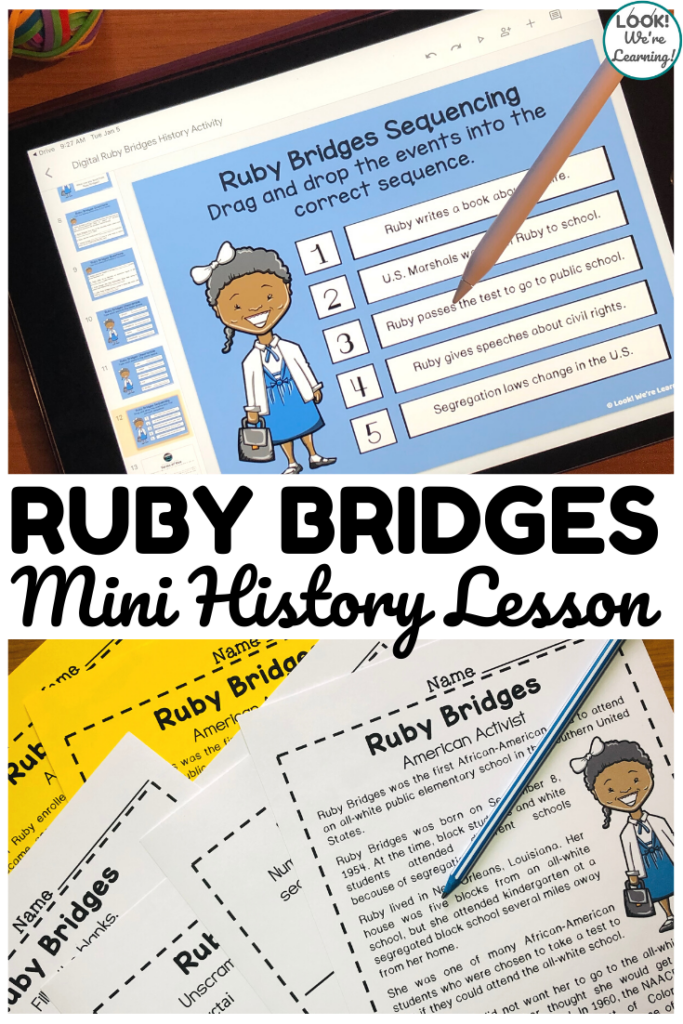
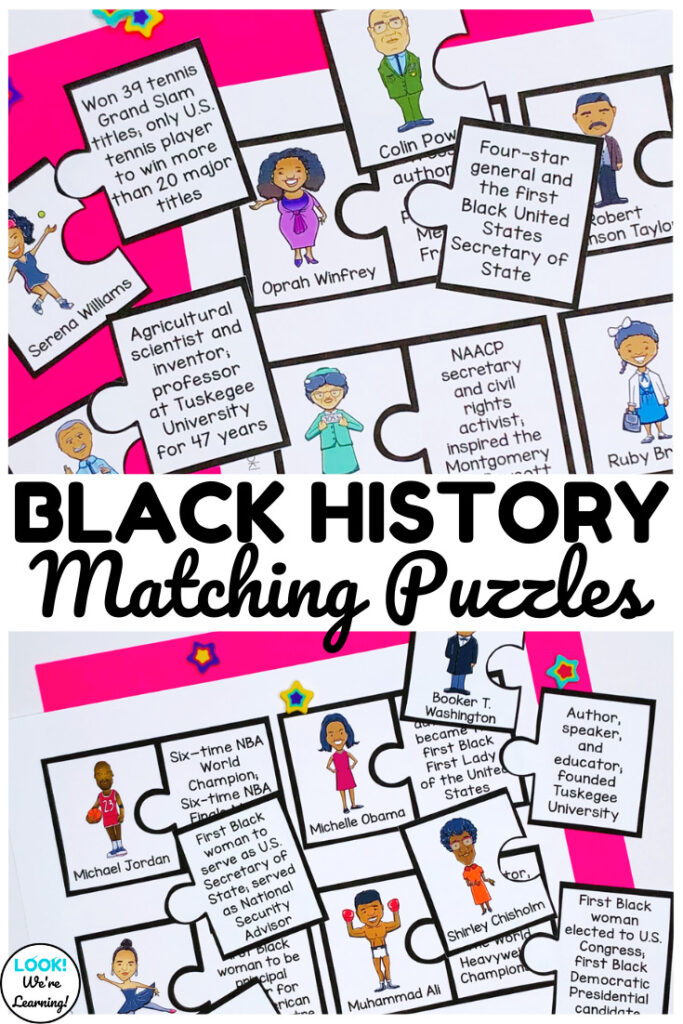
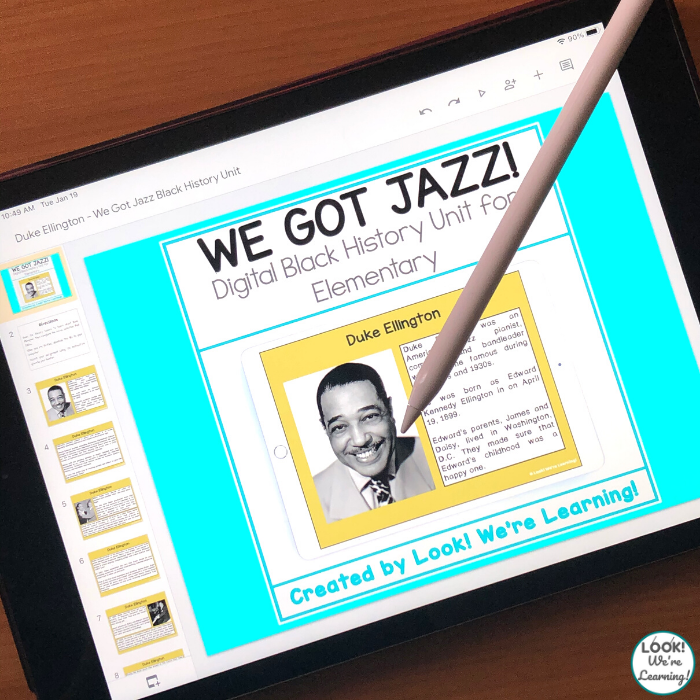
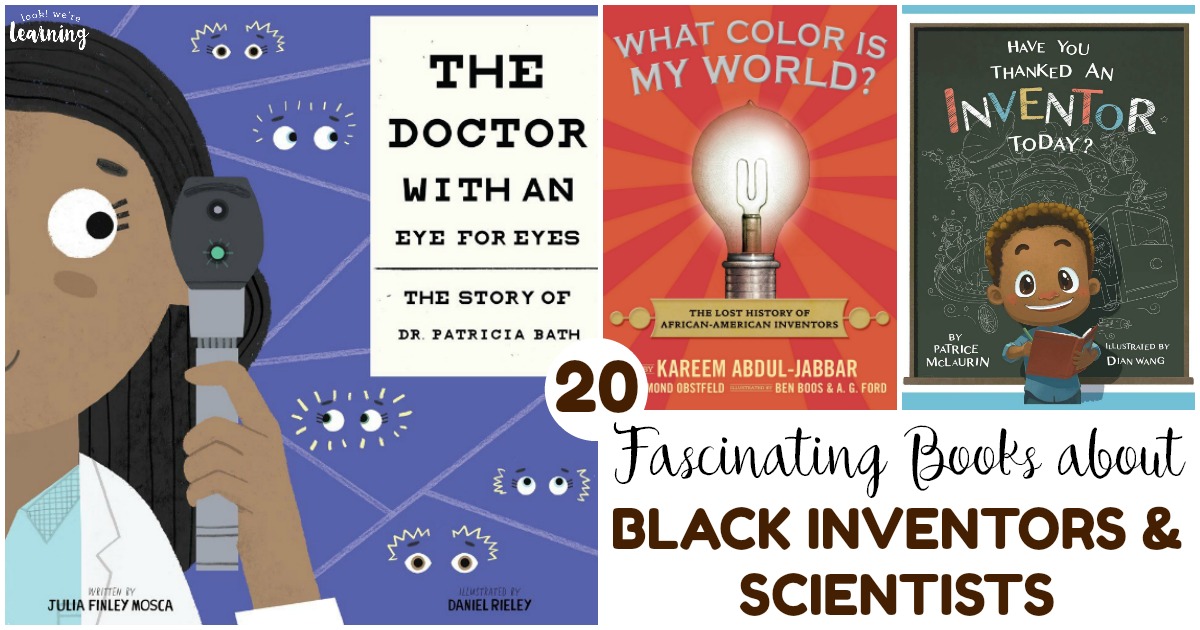
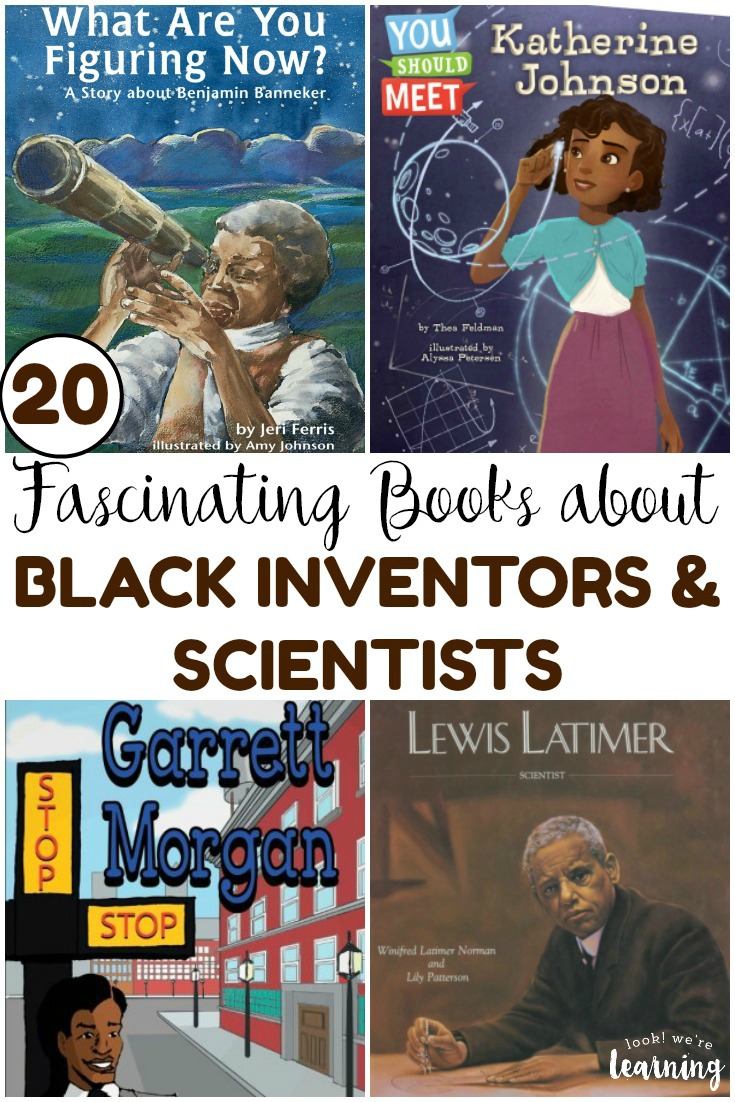
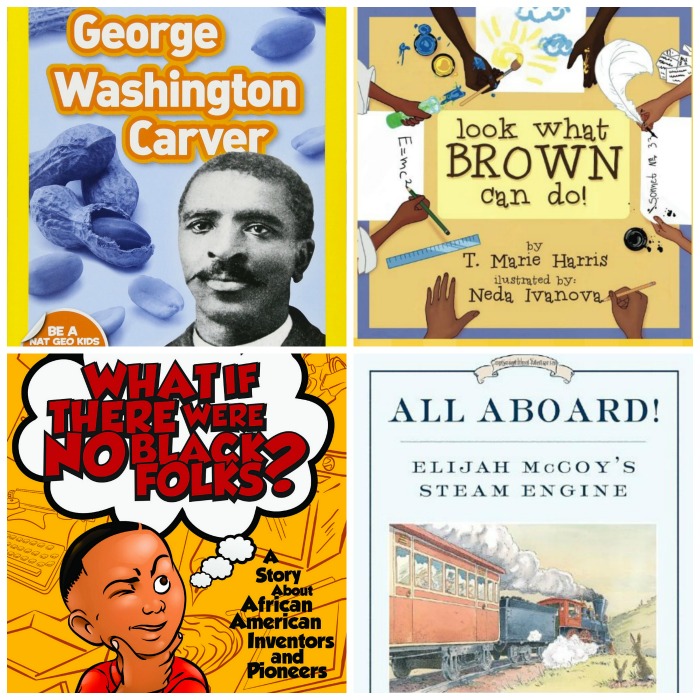

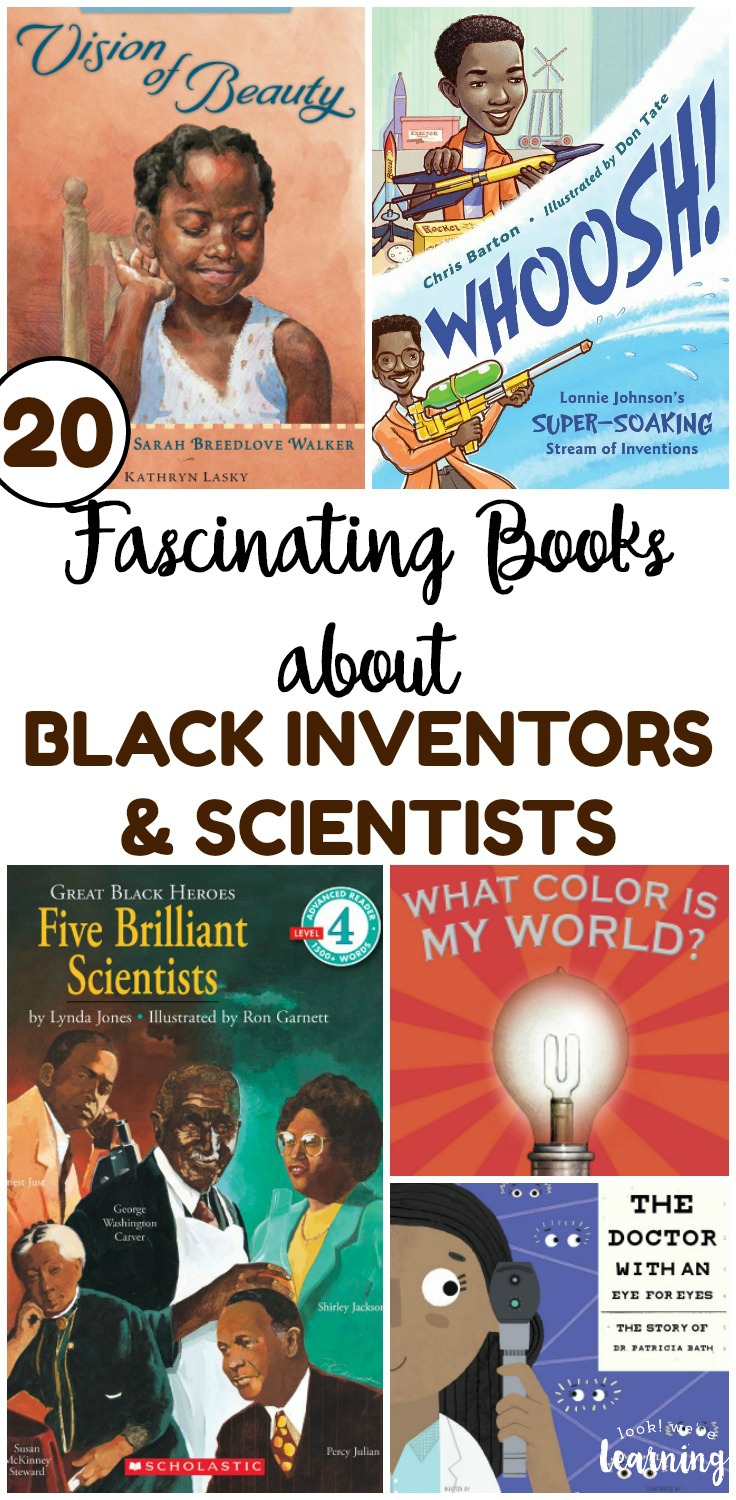
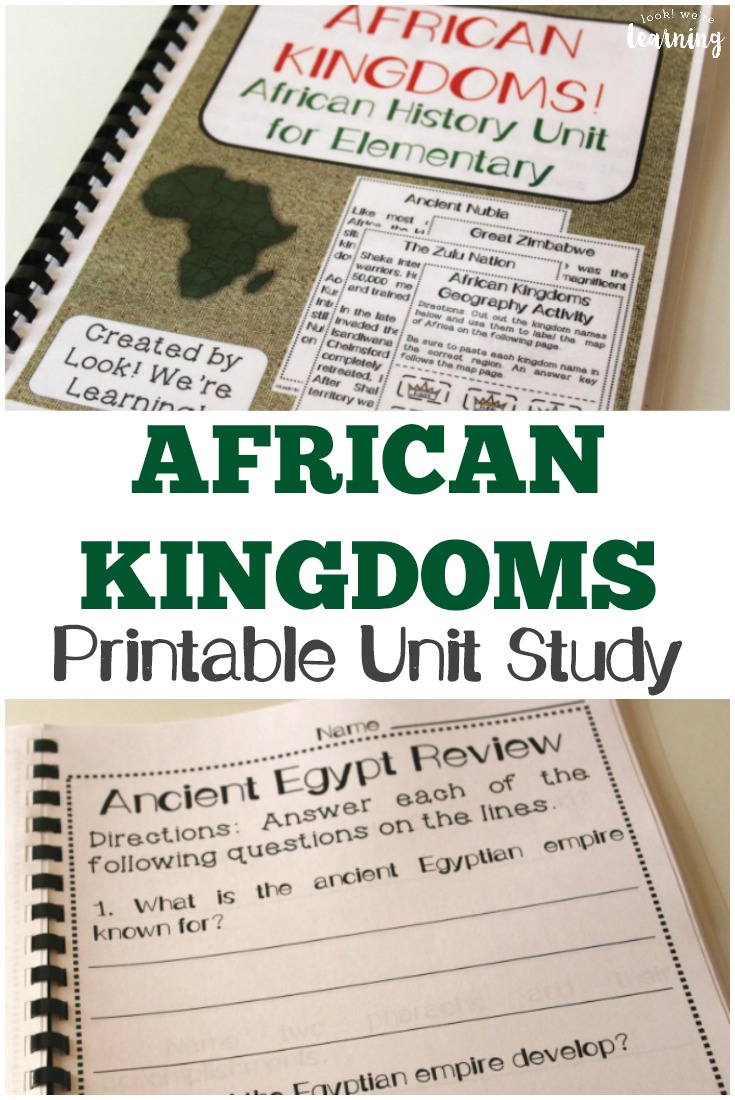
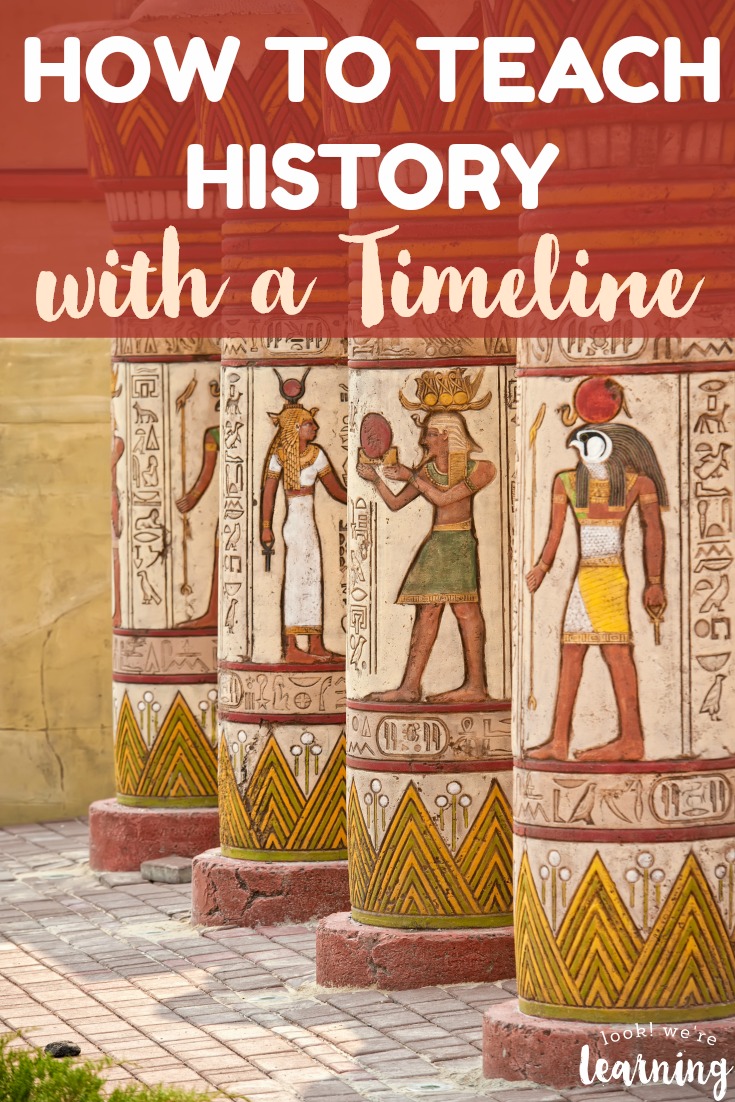

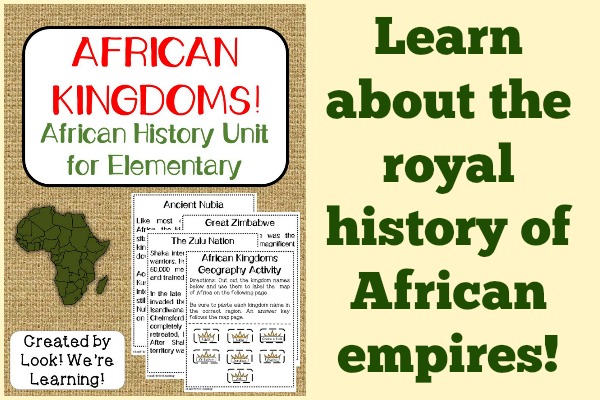
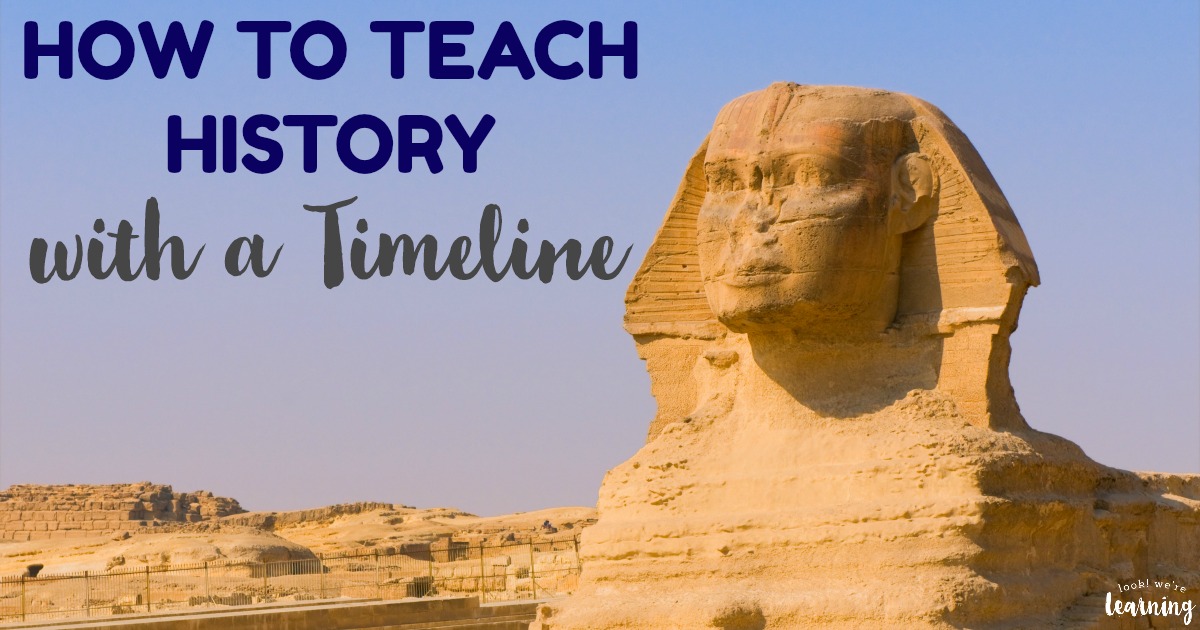
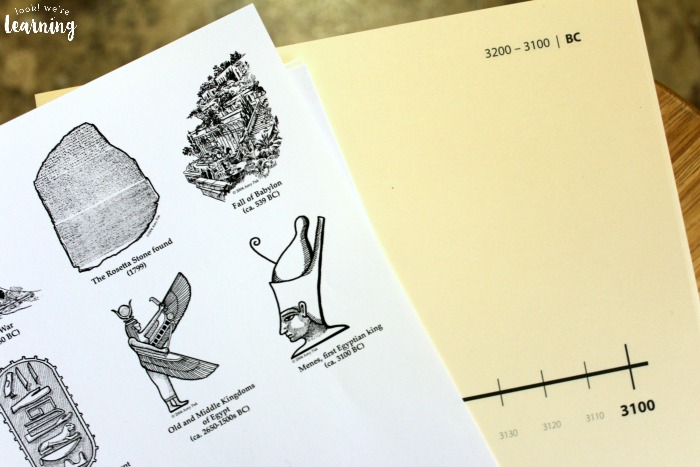

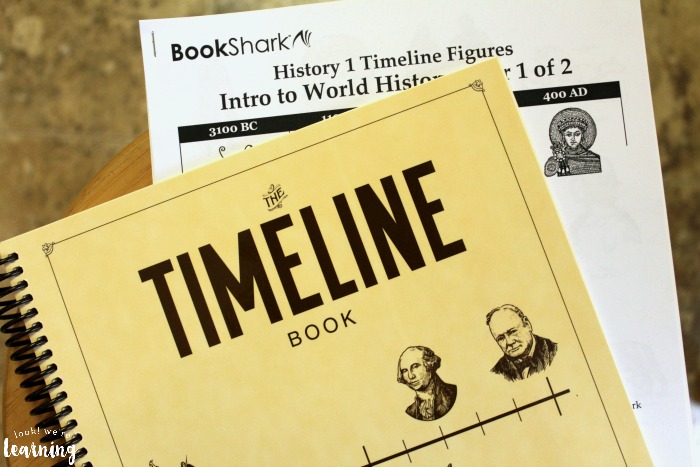
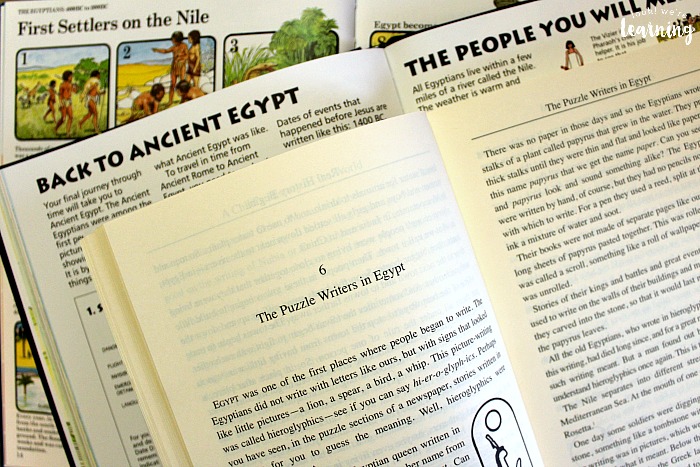
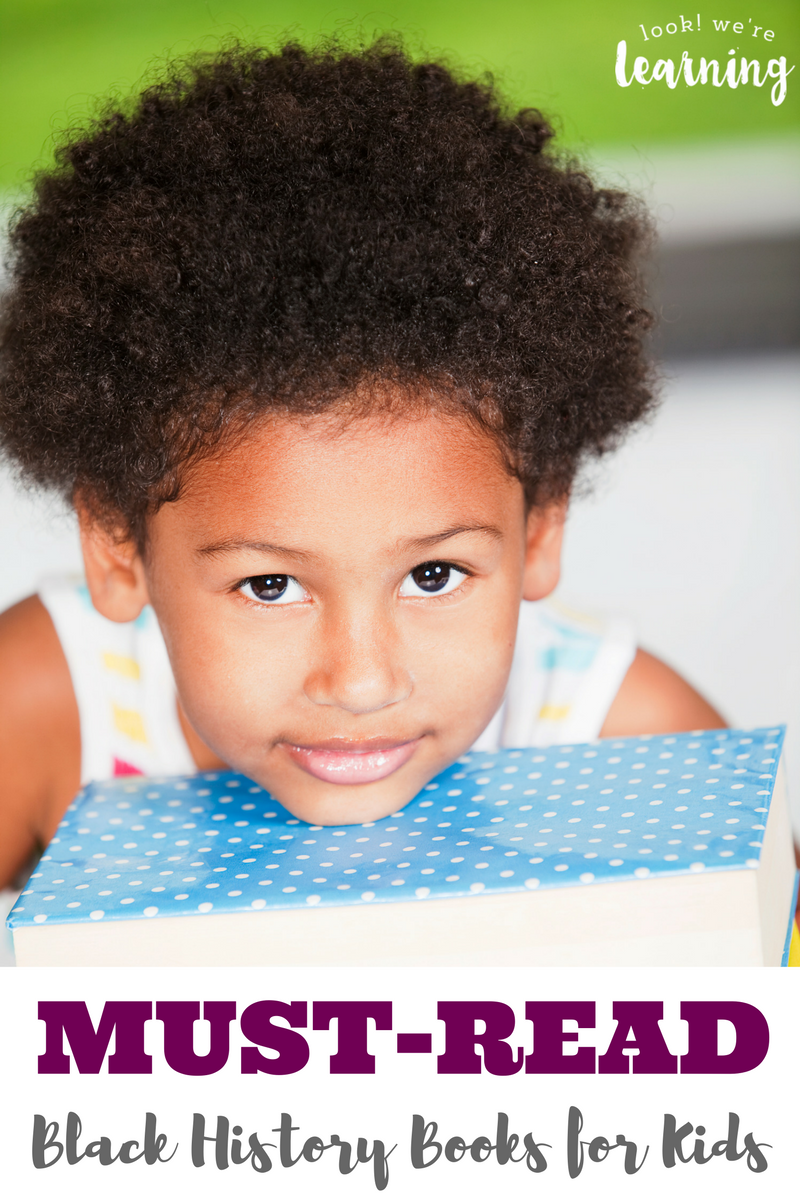
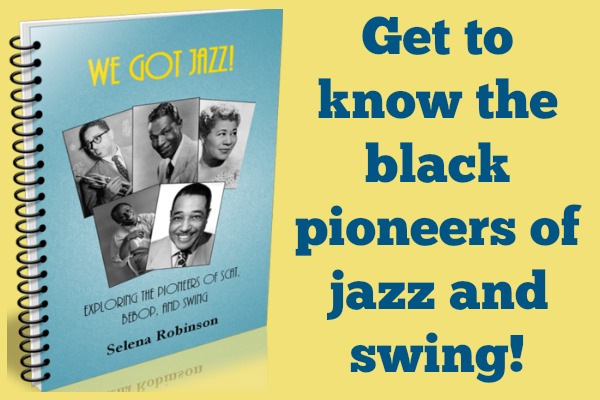
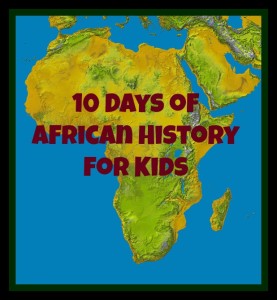
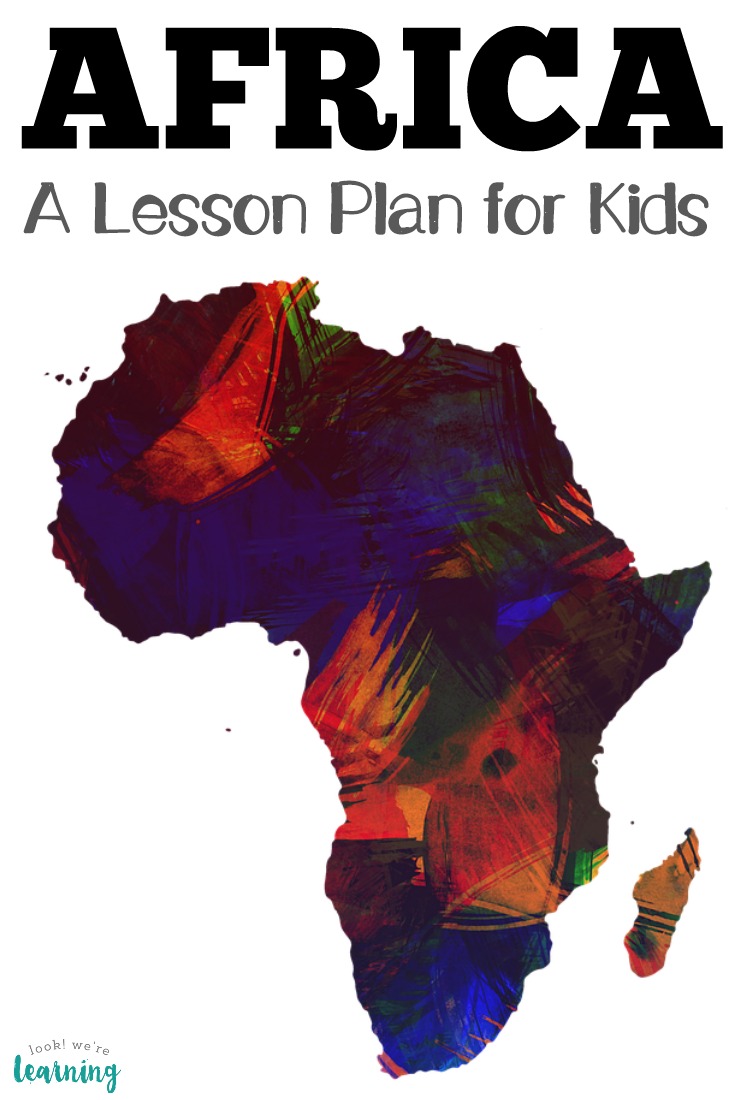
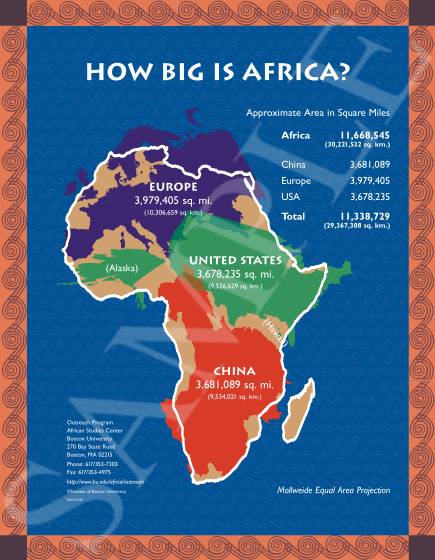
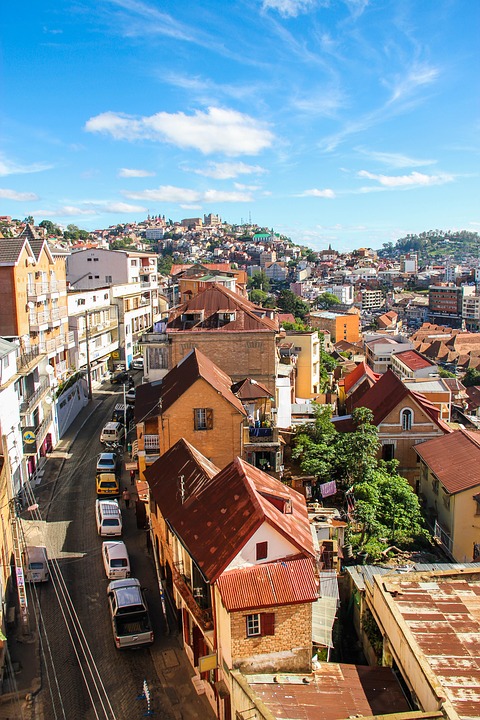


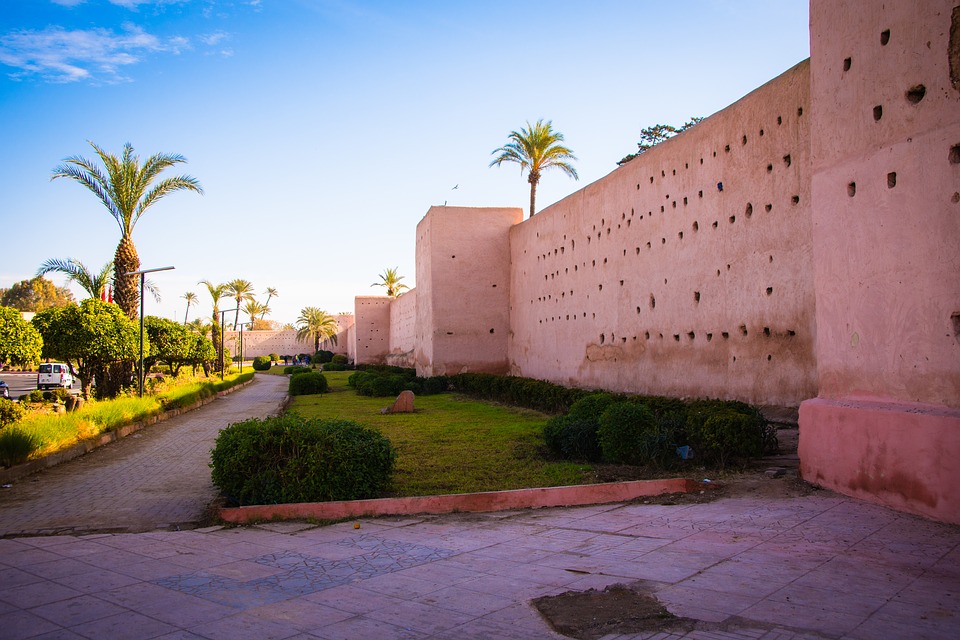

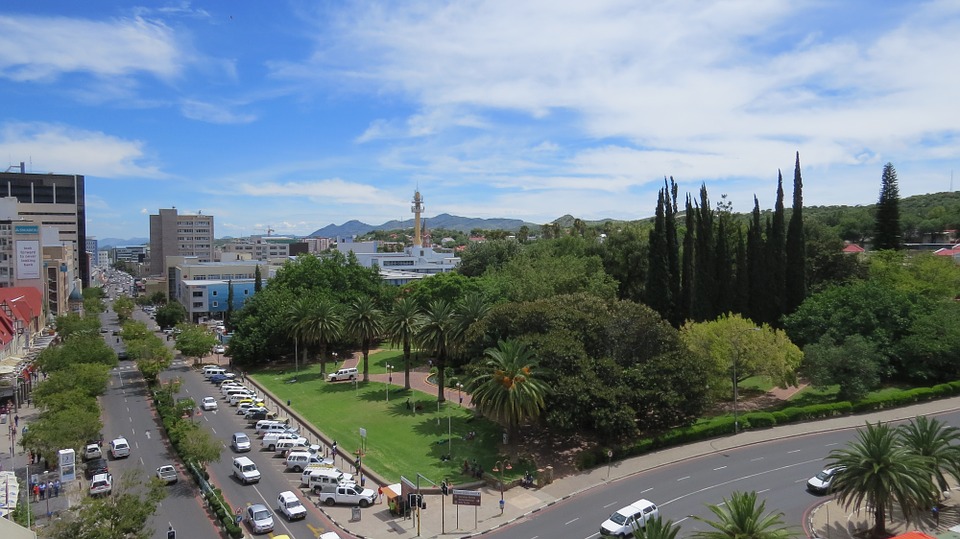



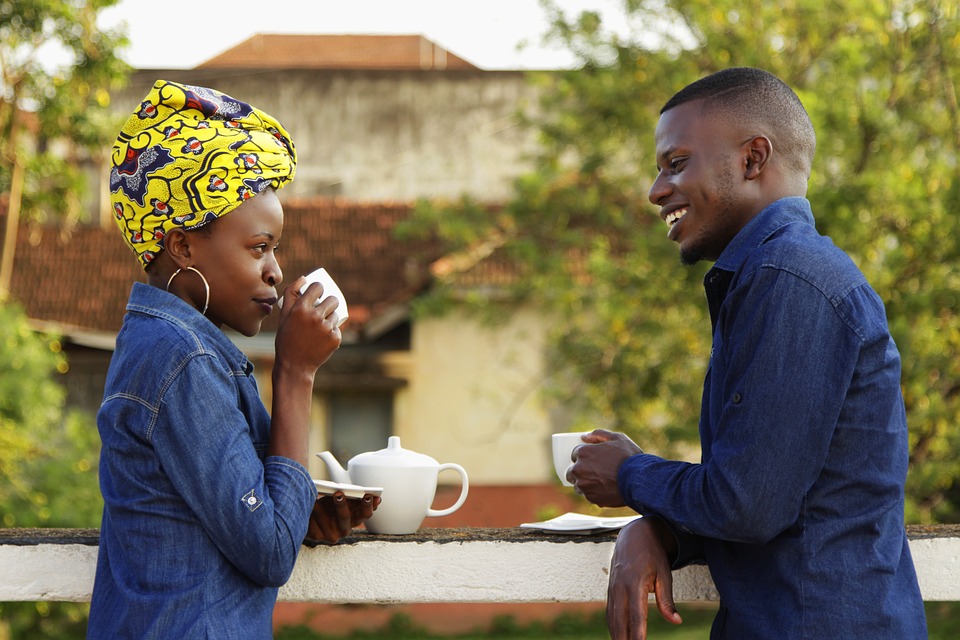
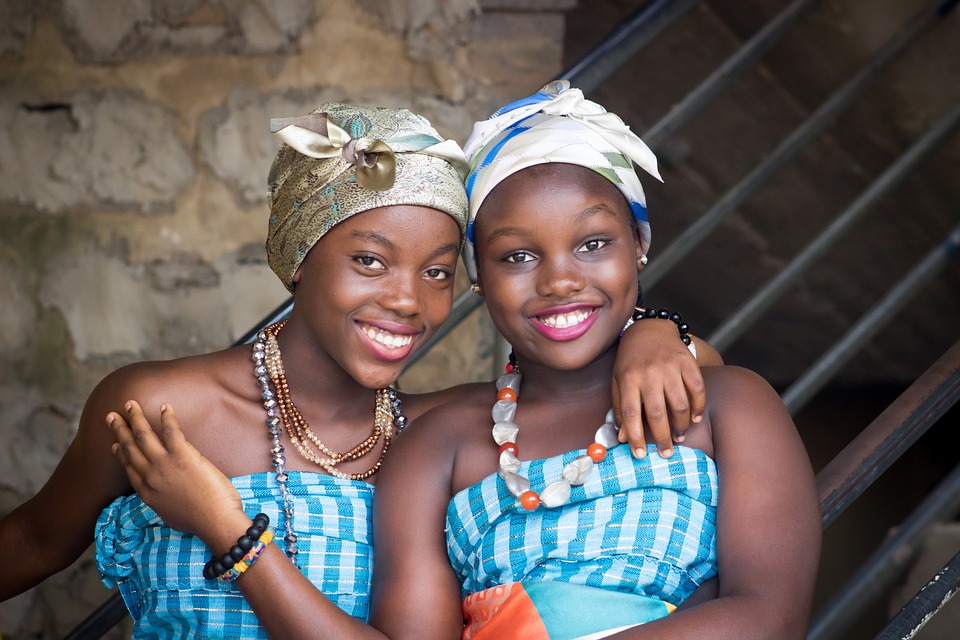


 Image c/o:
Image c/o: 